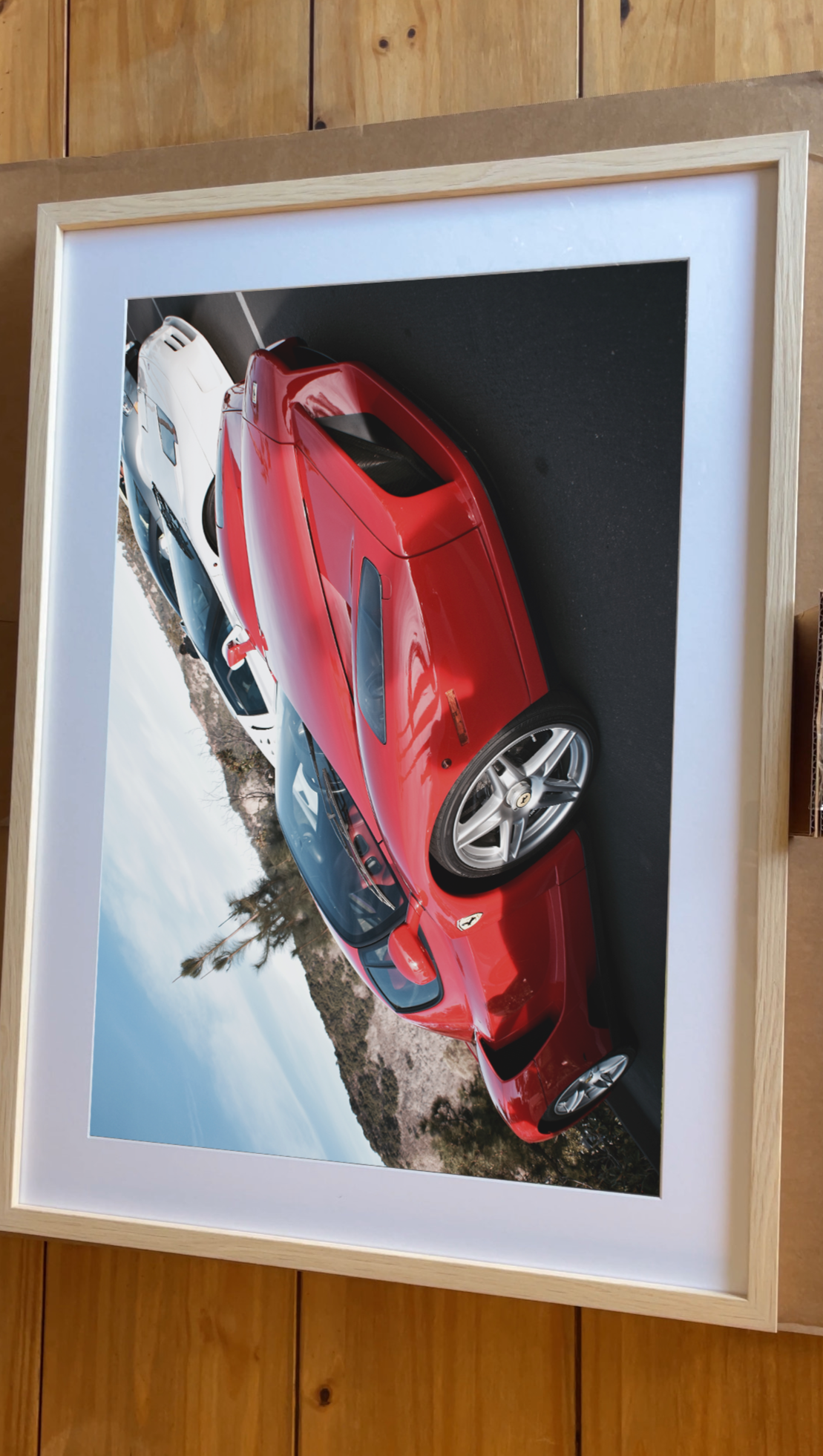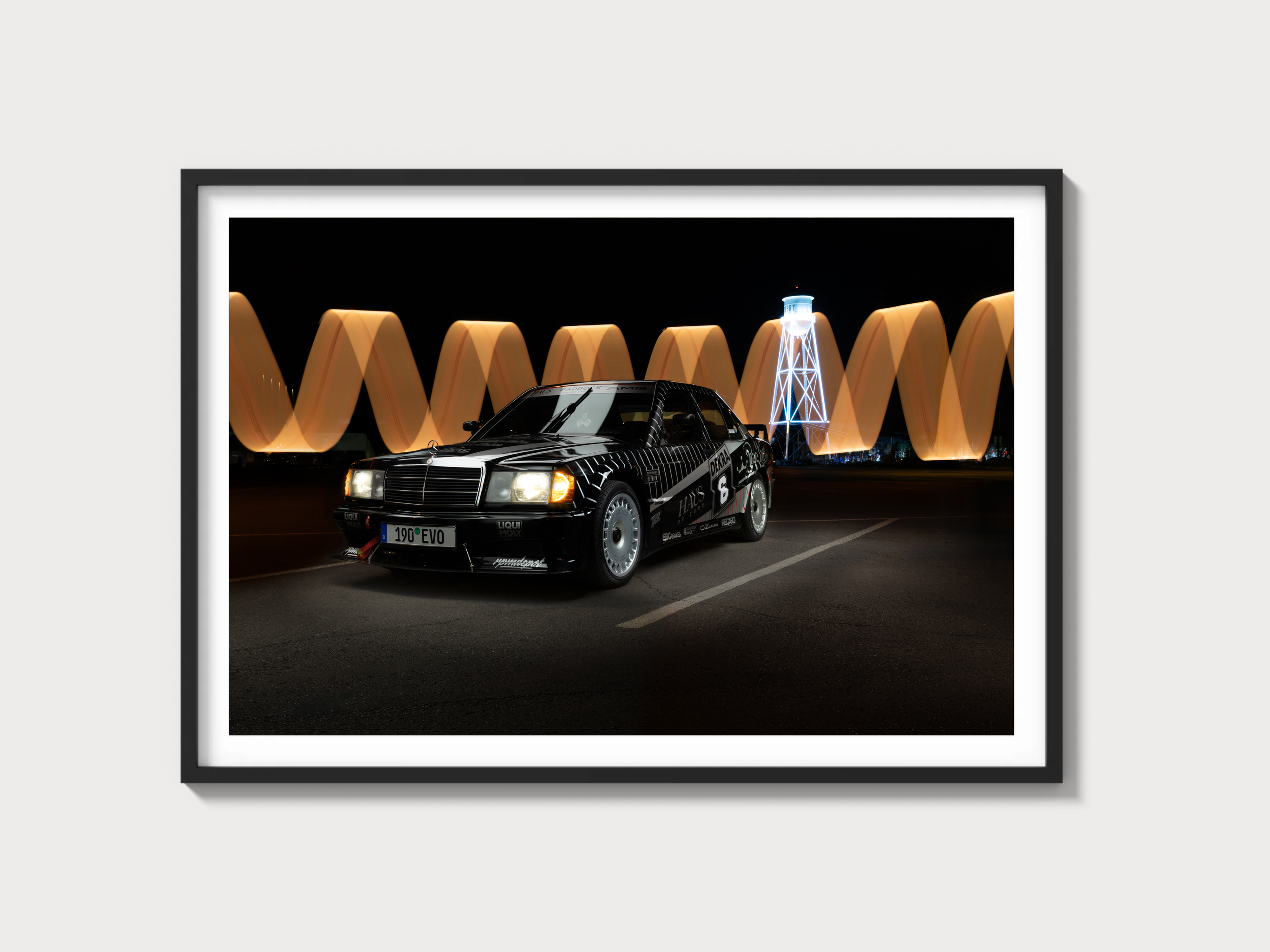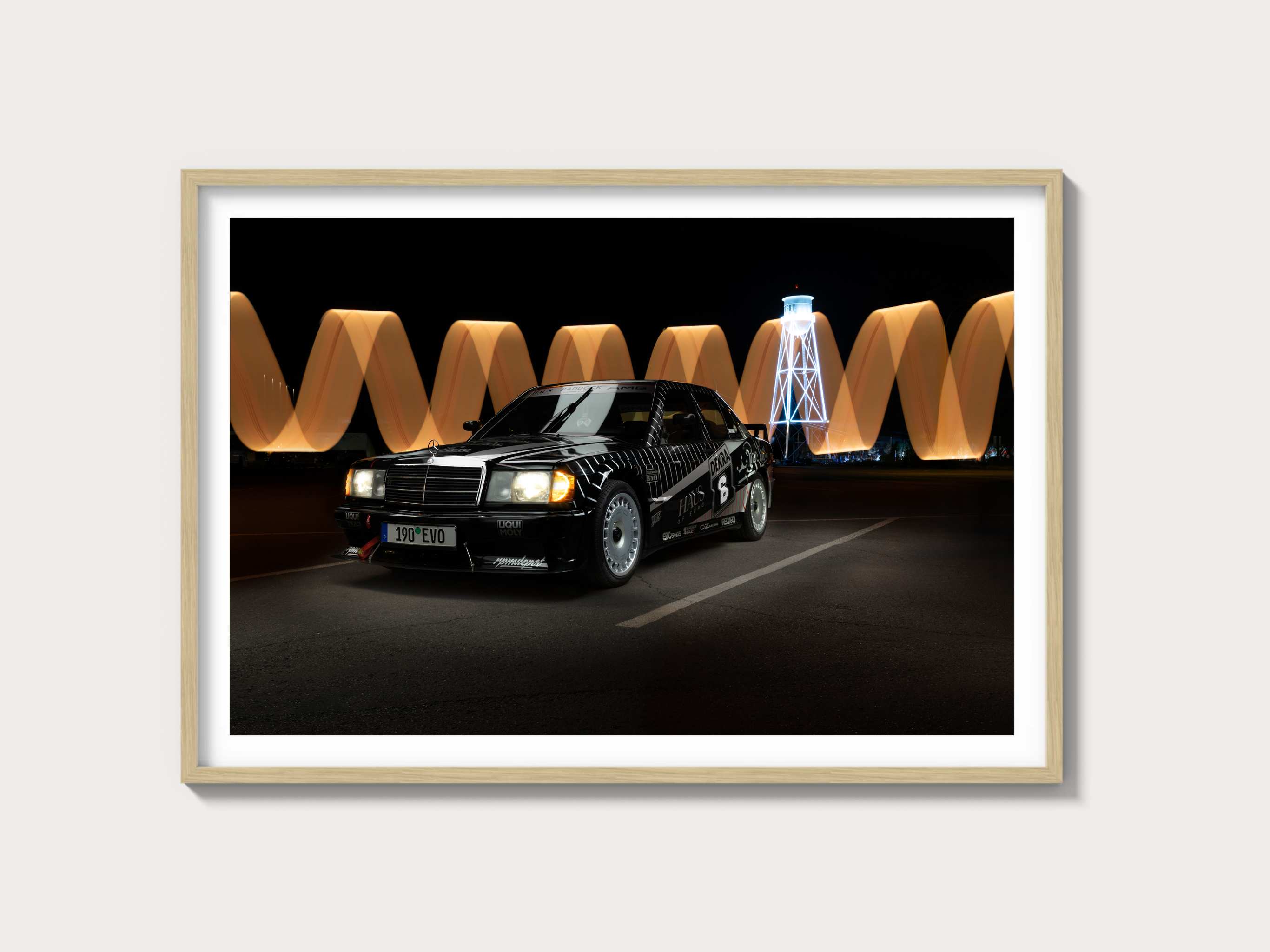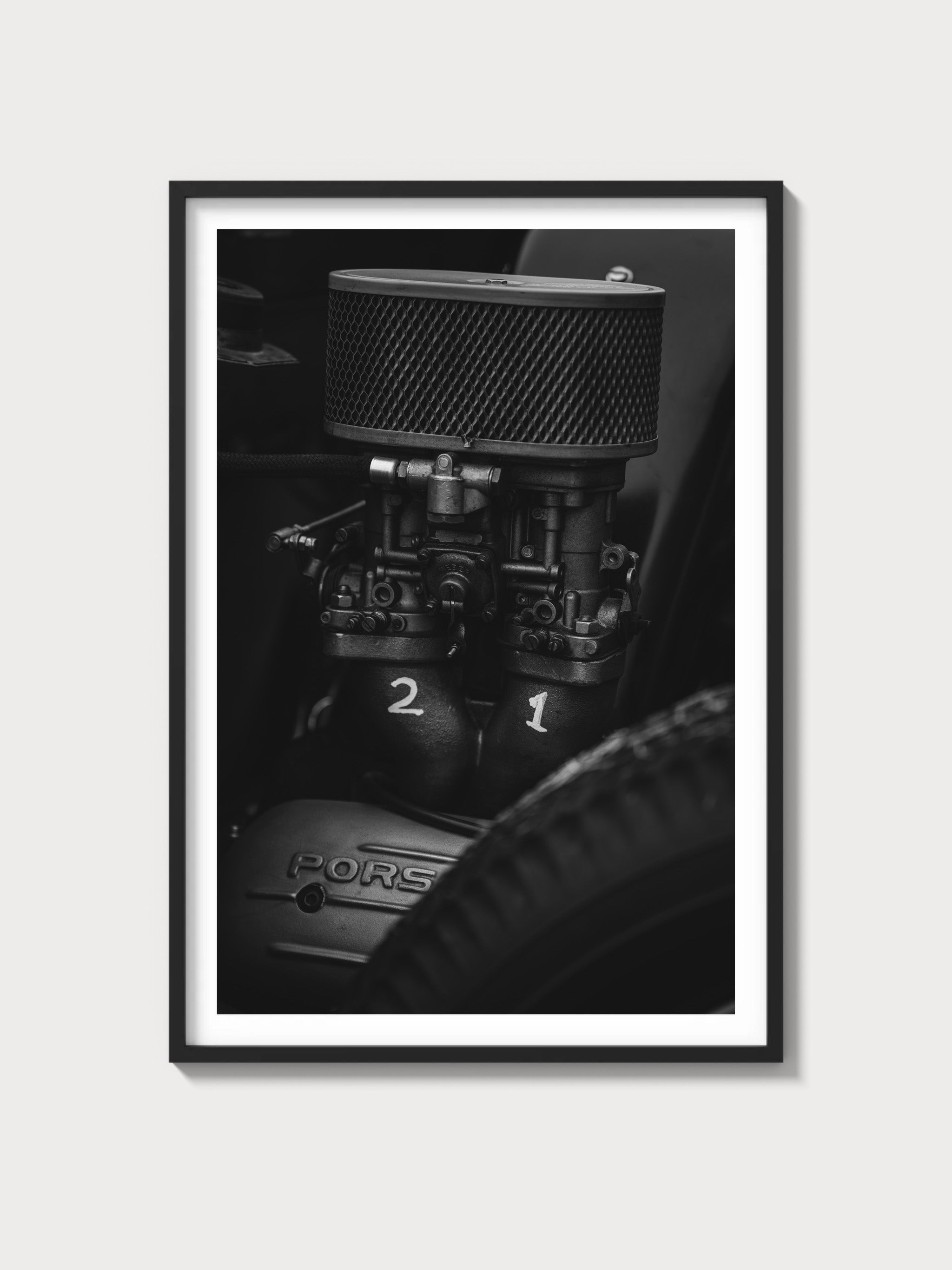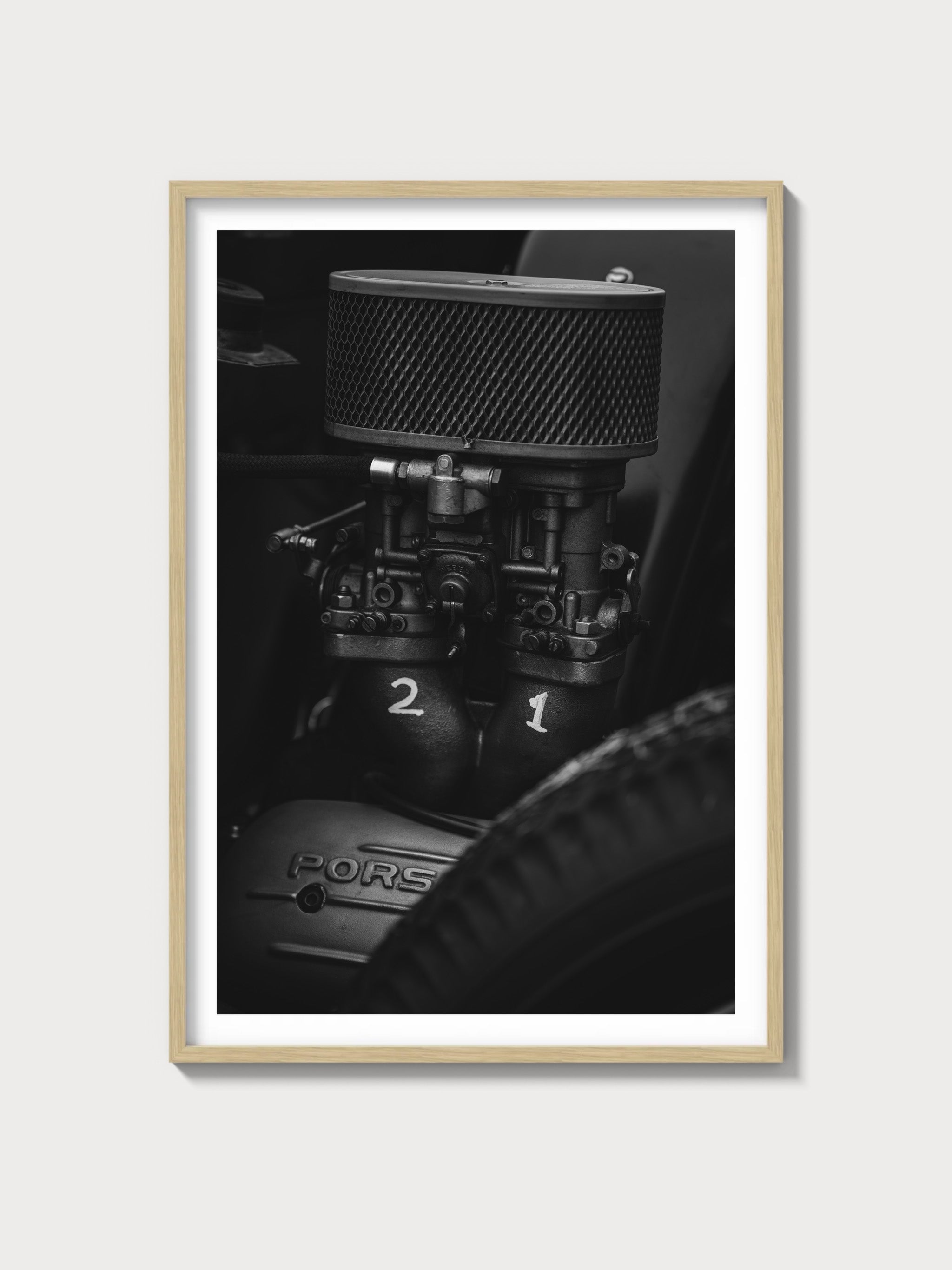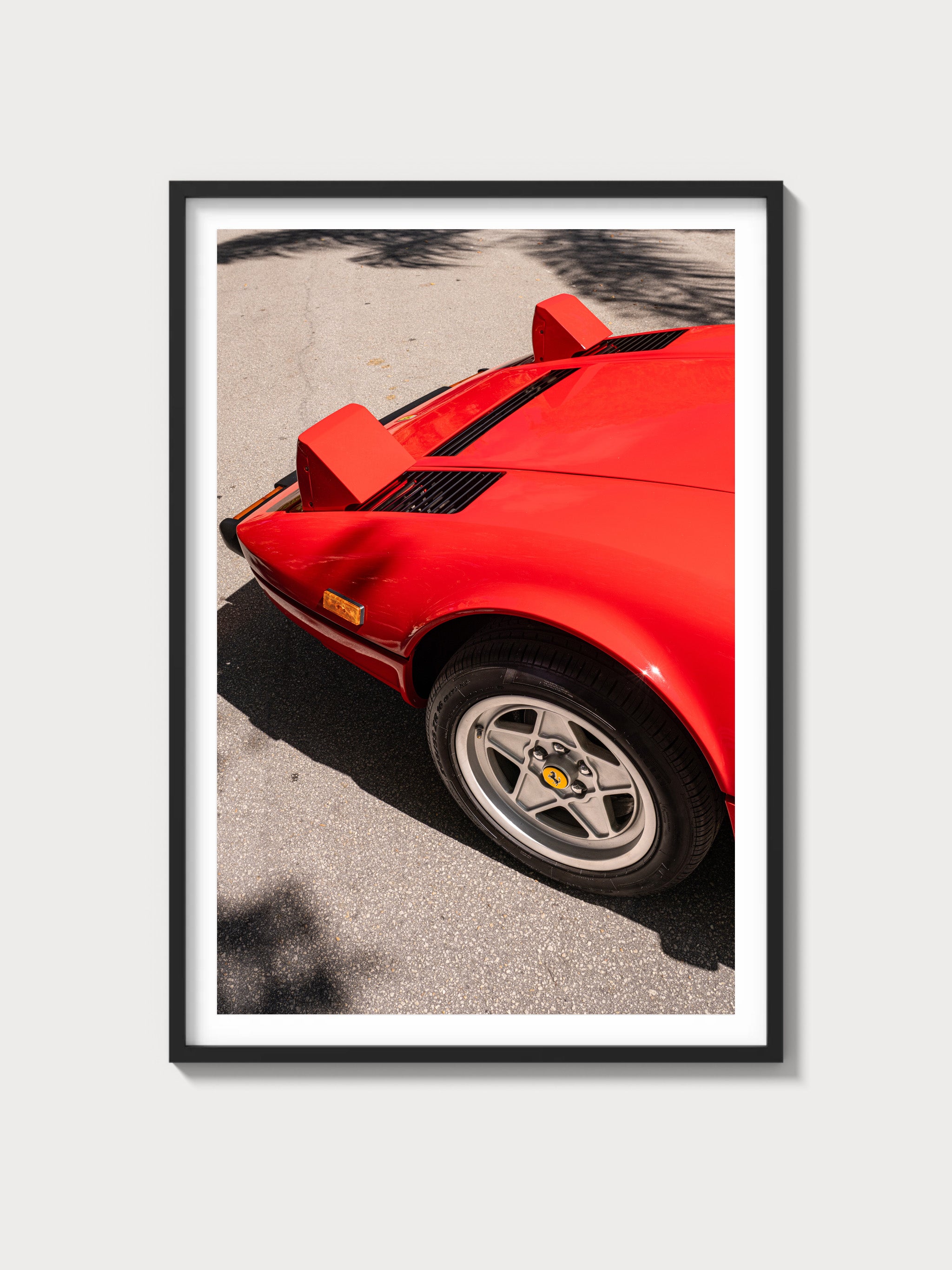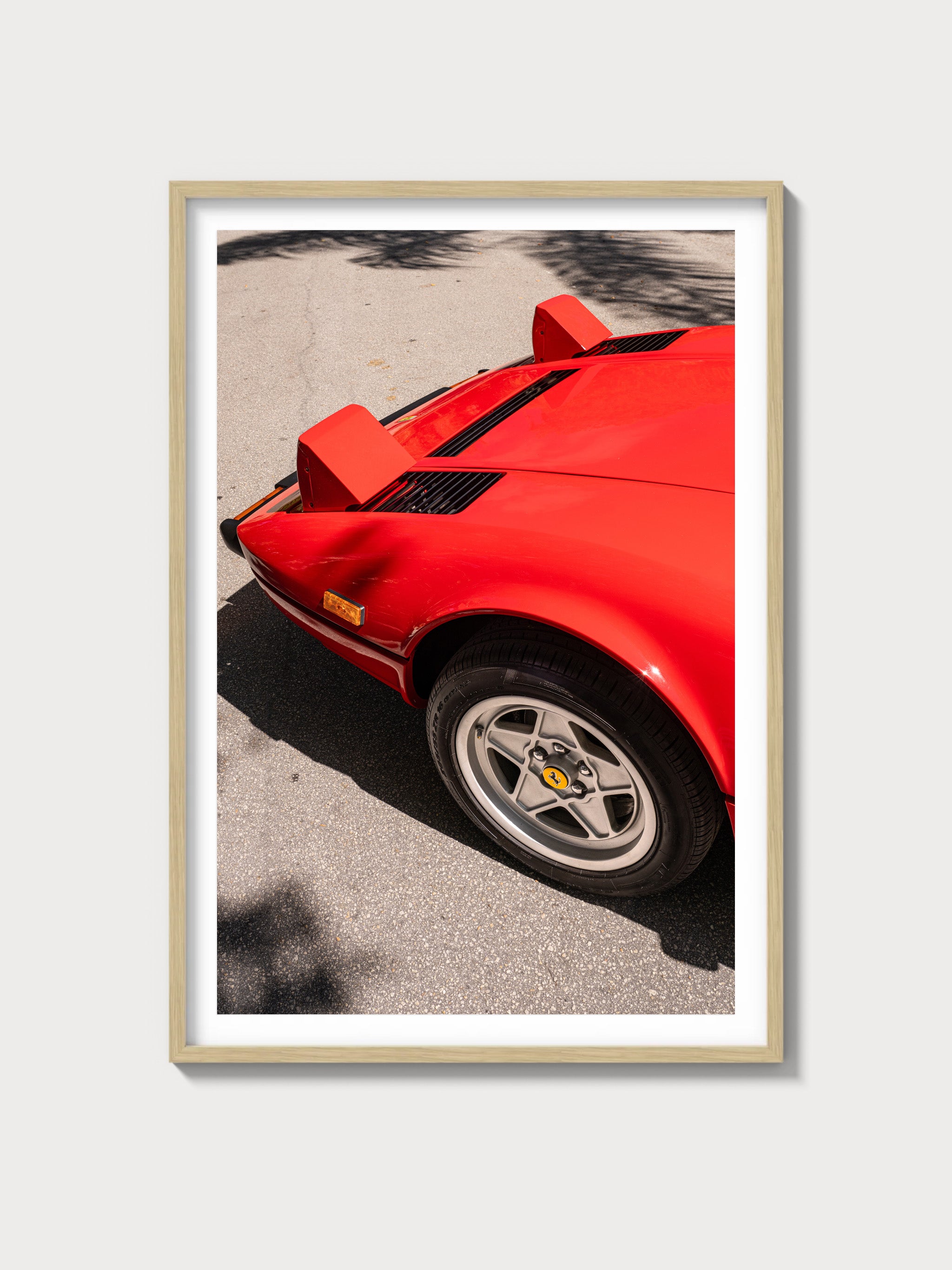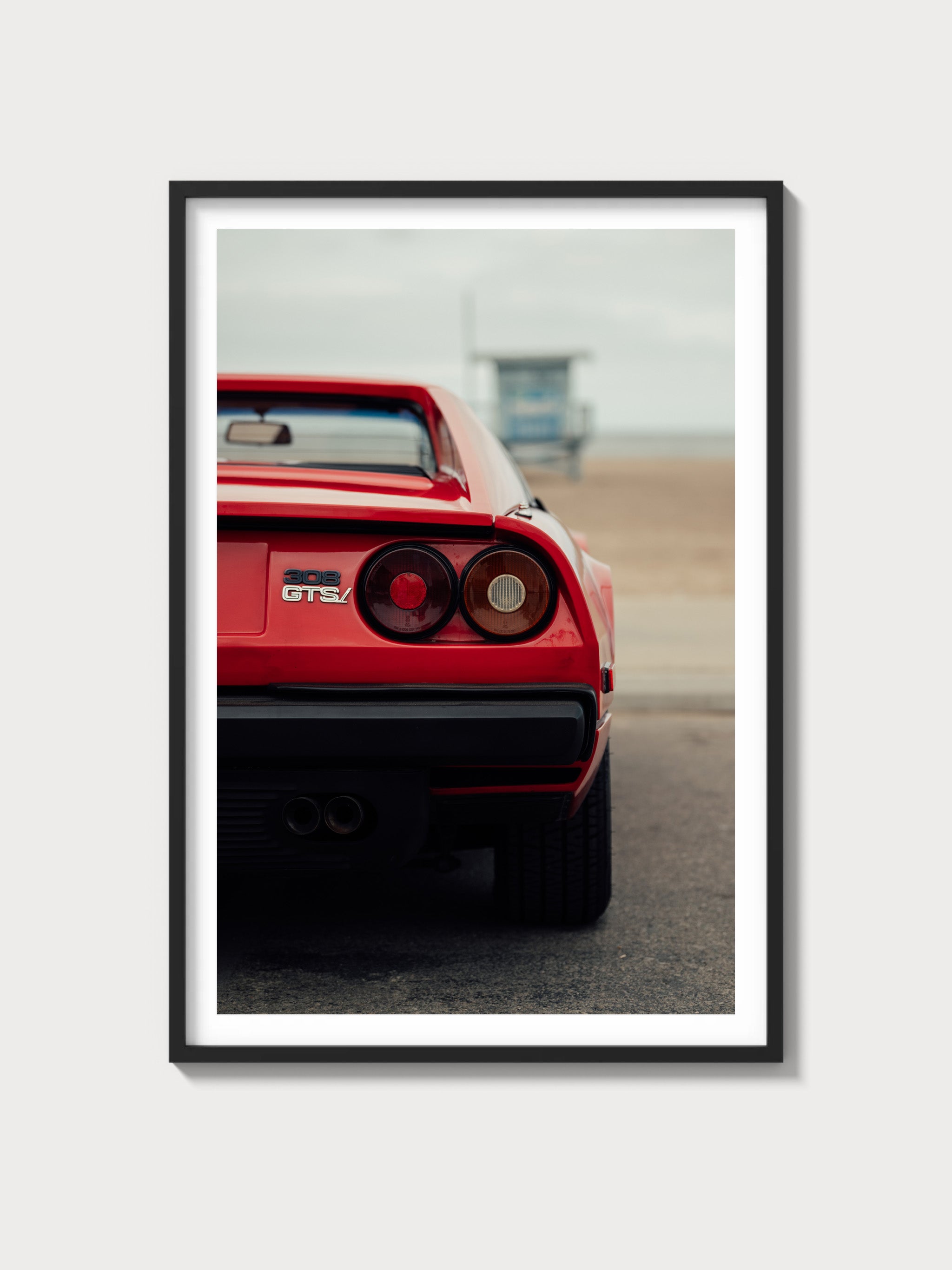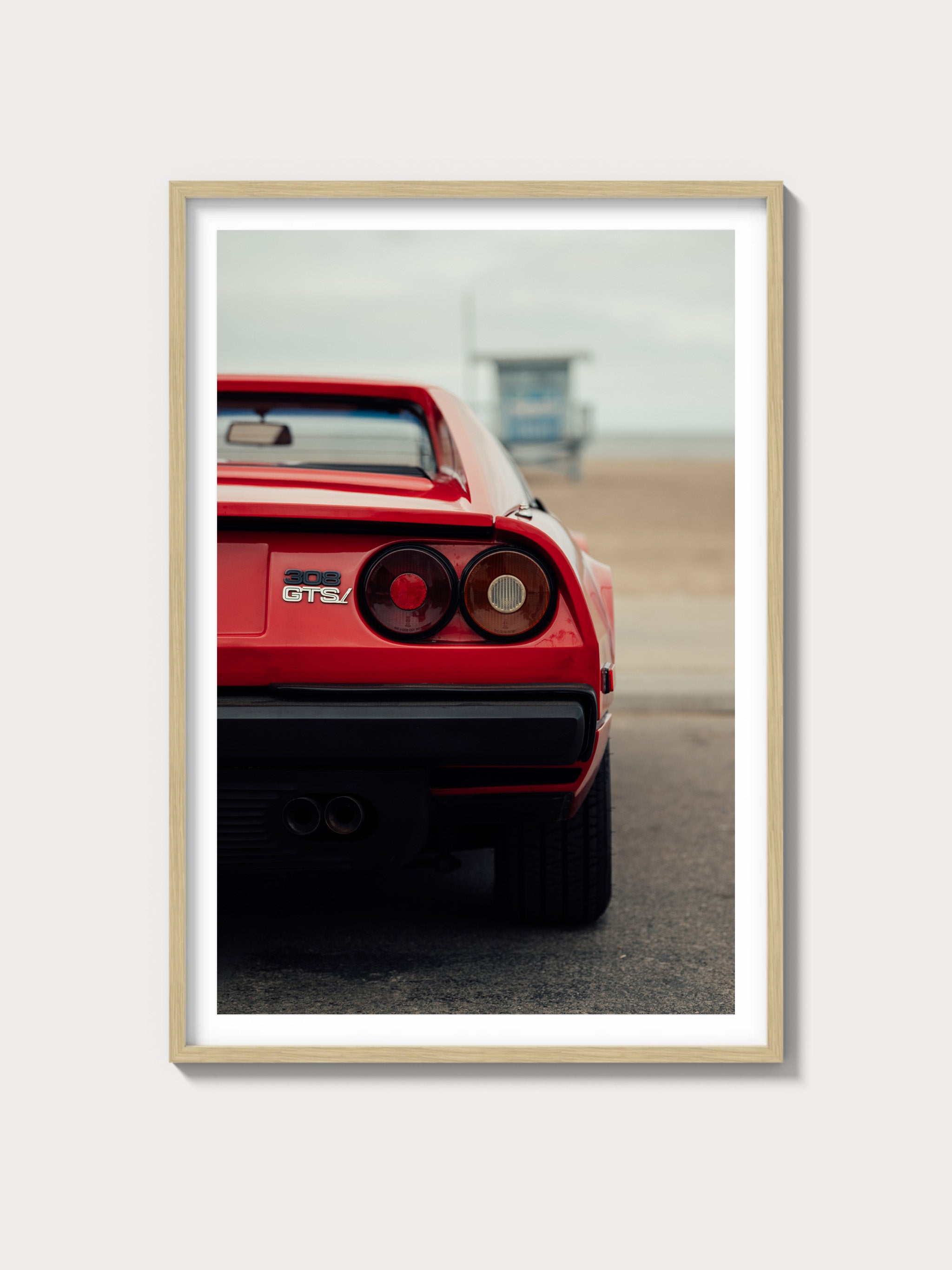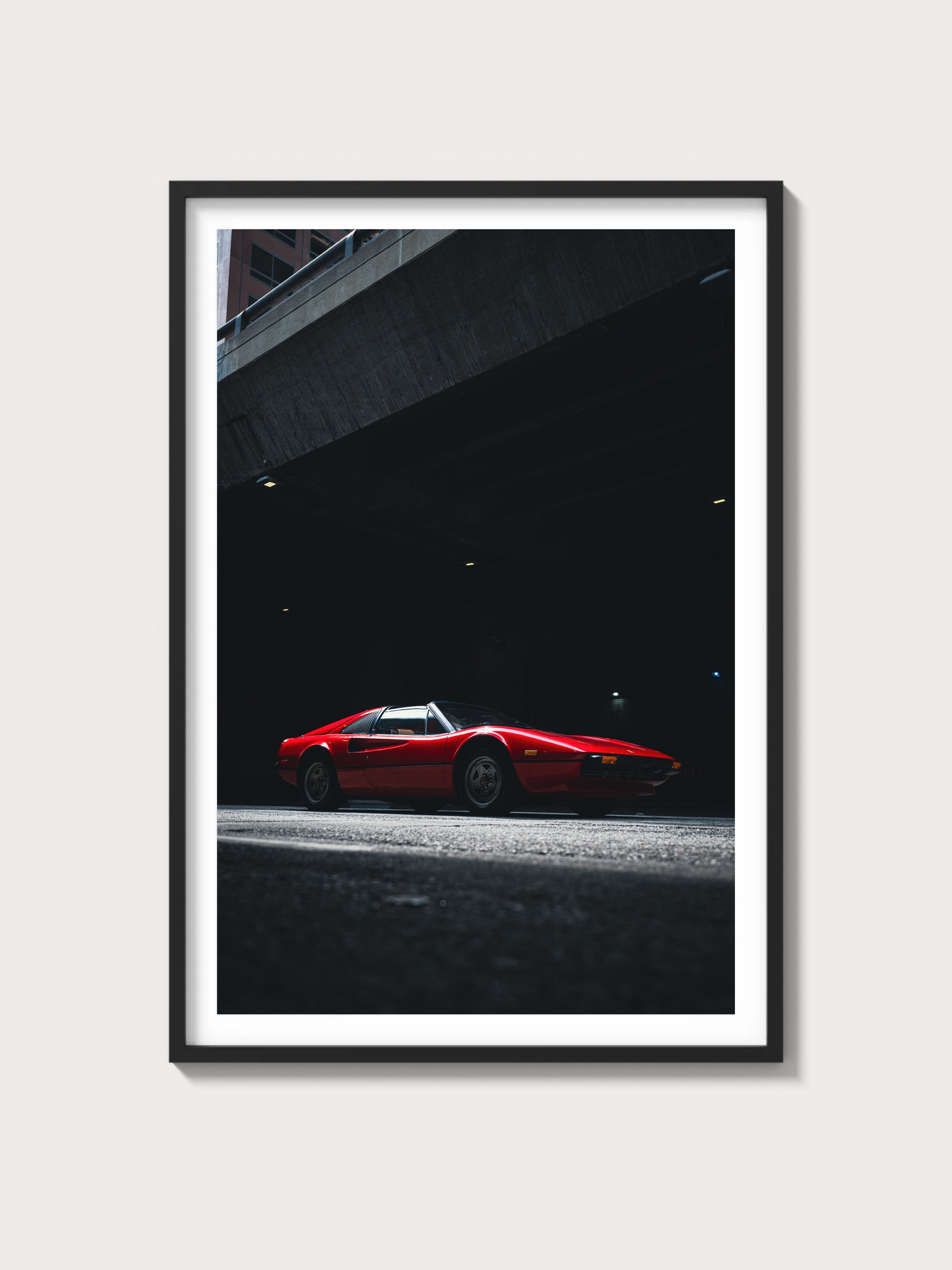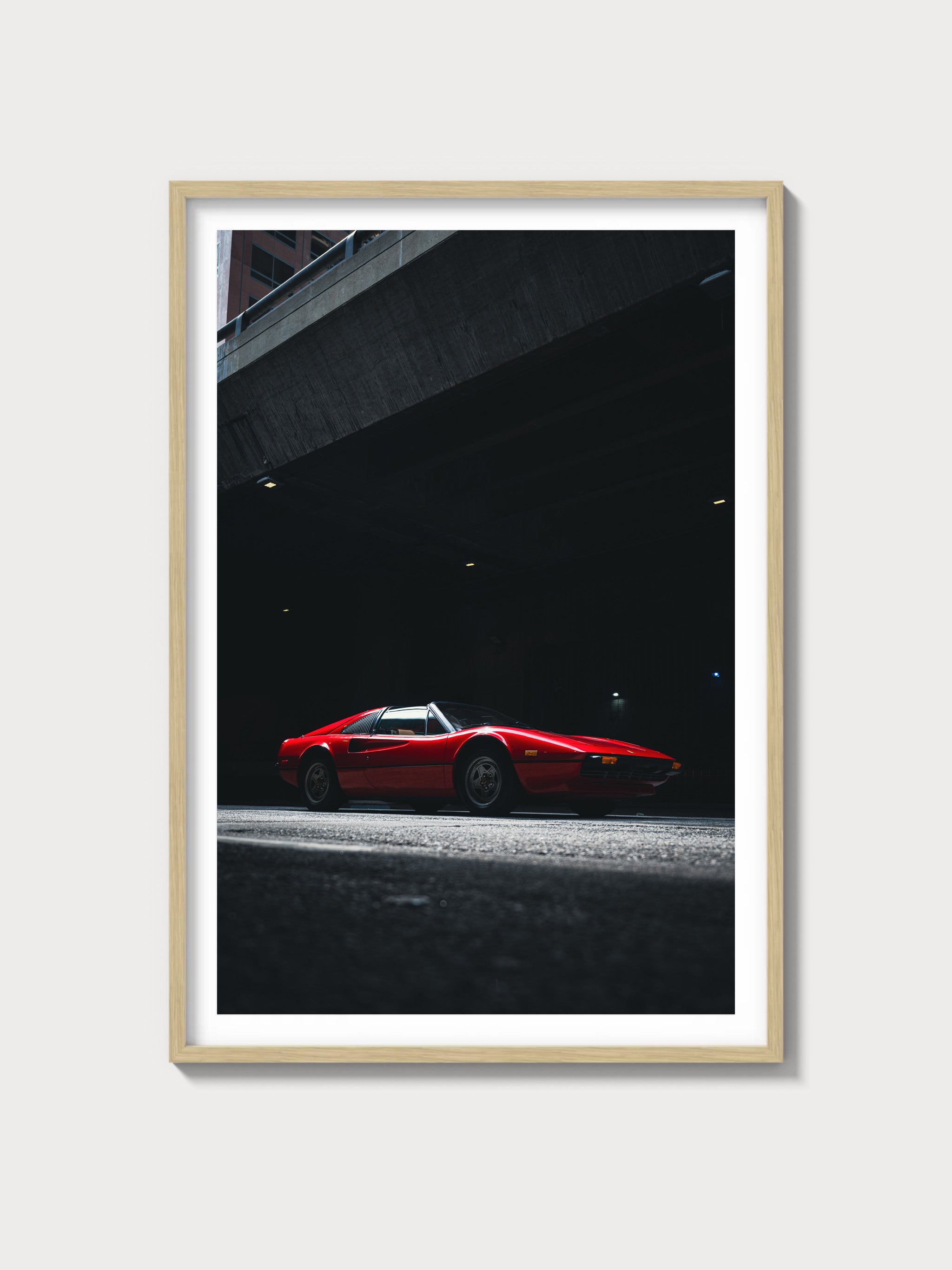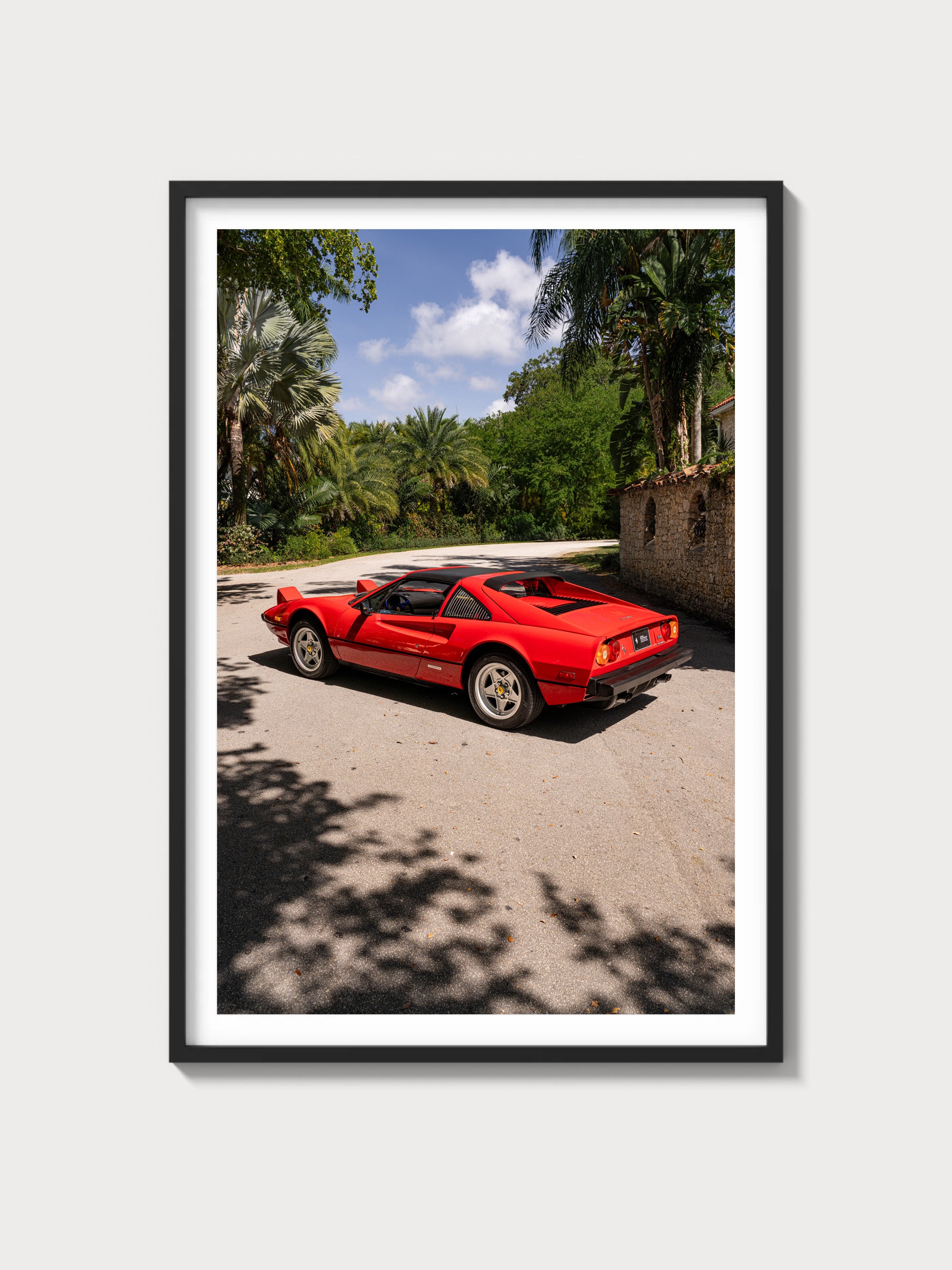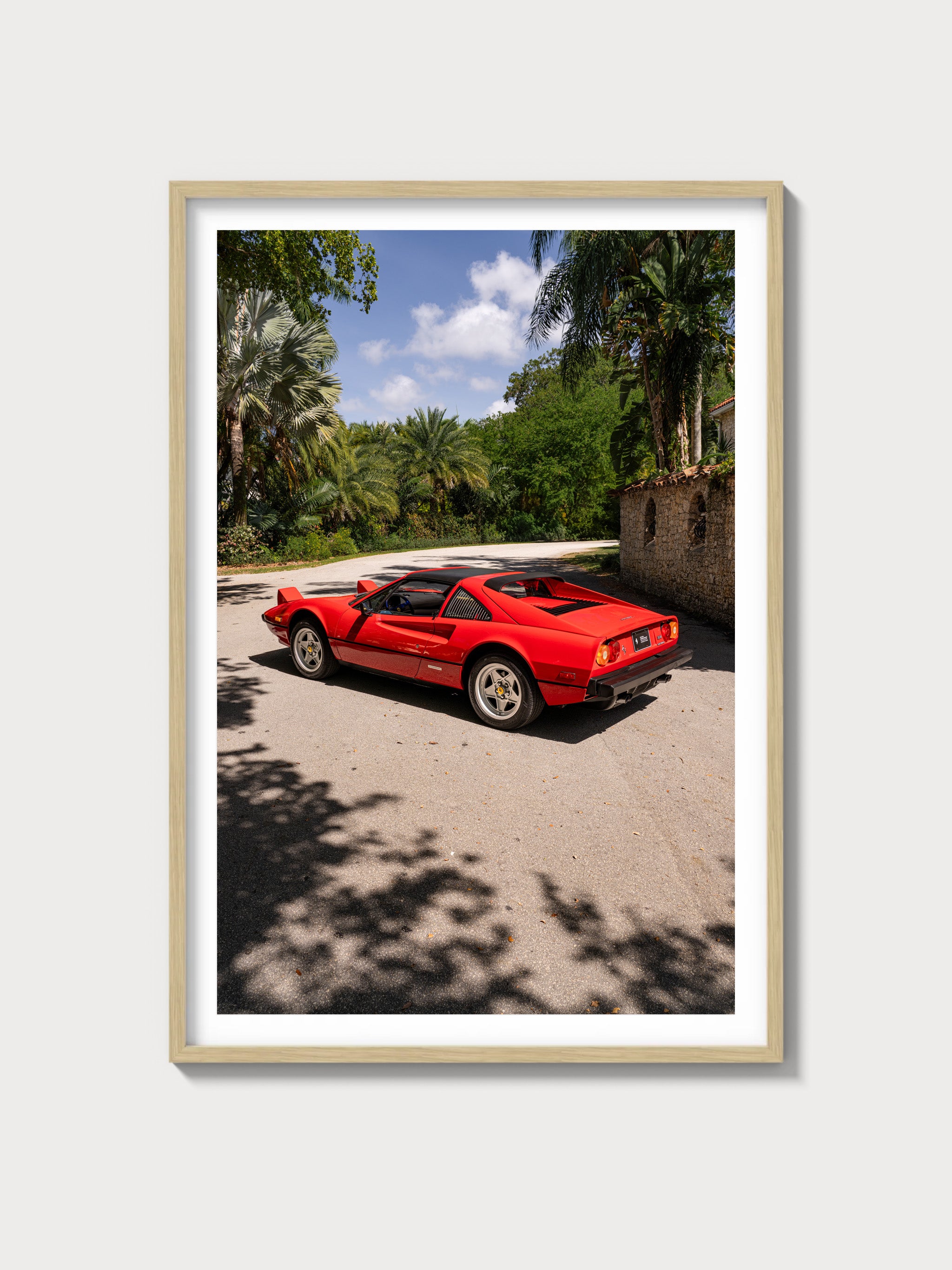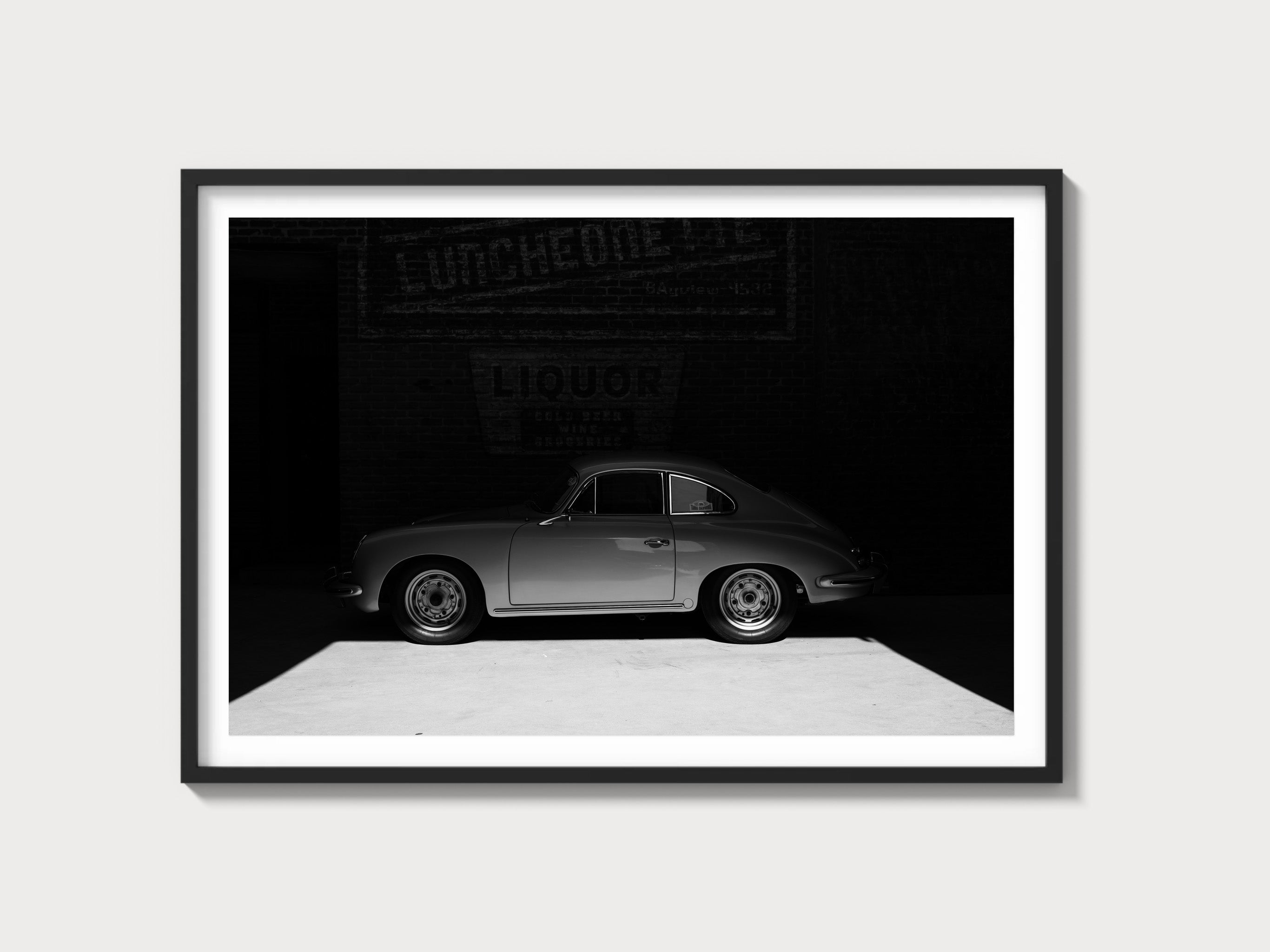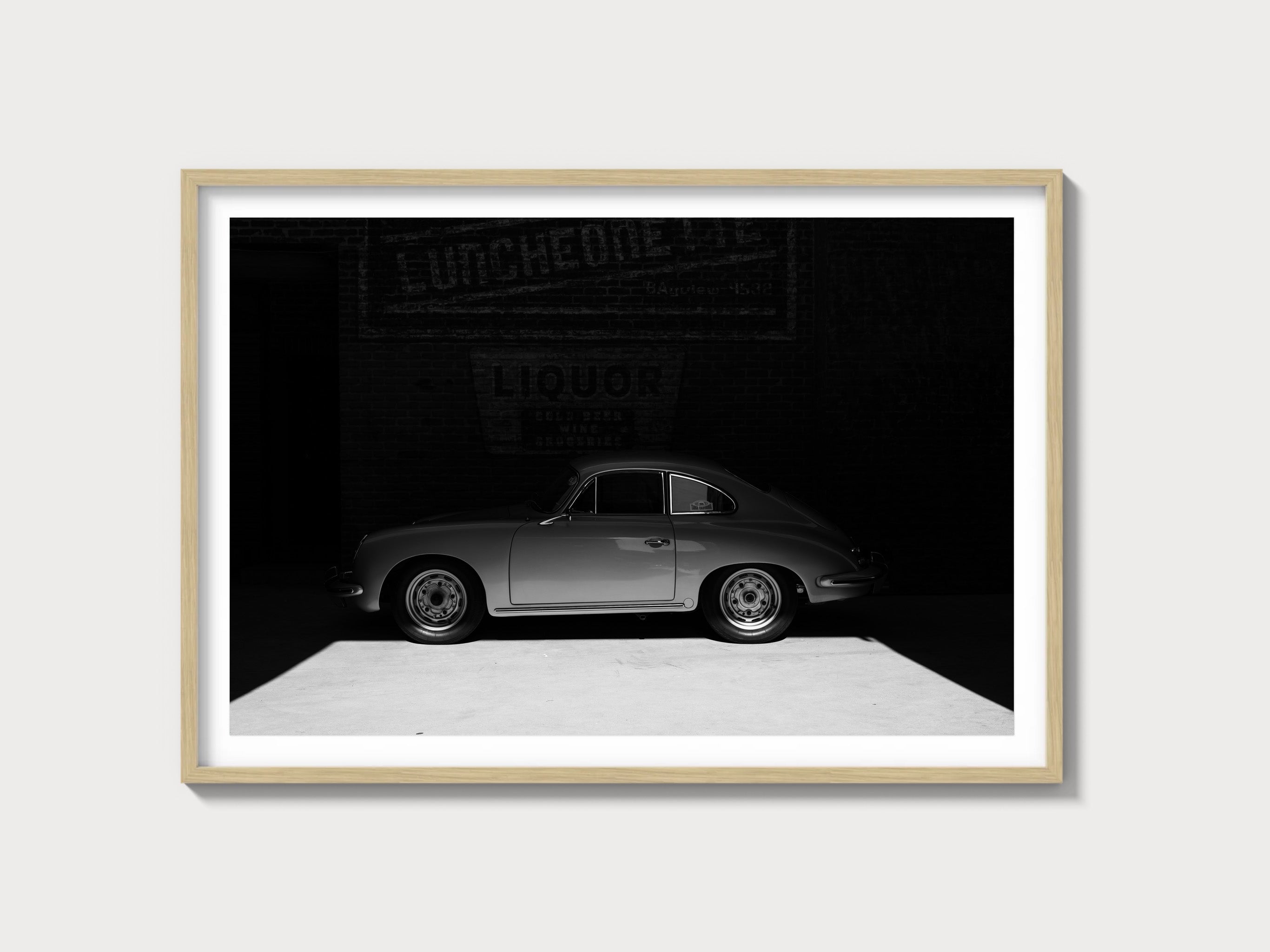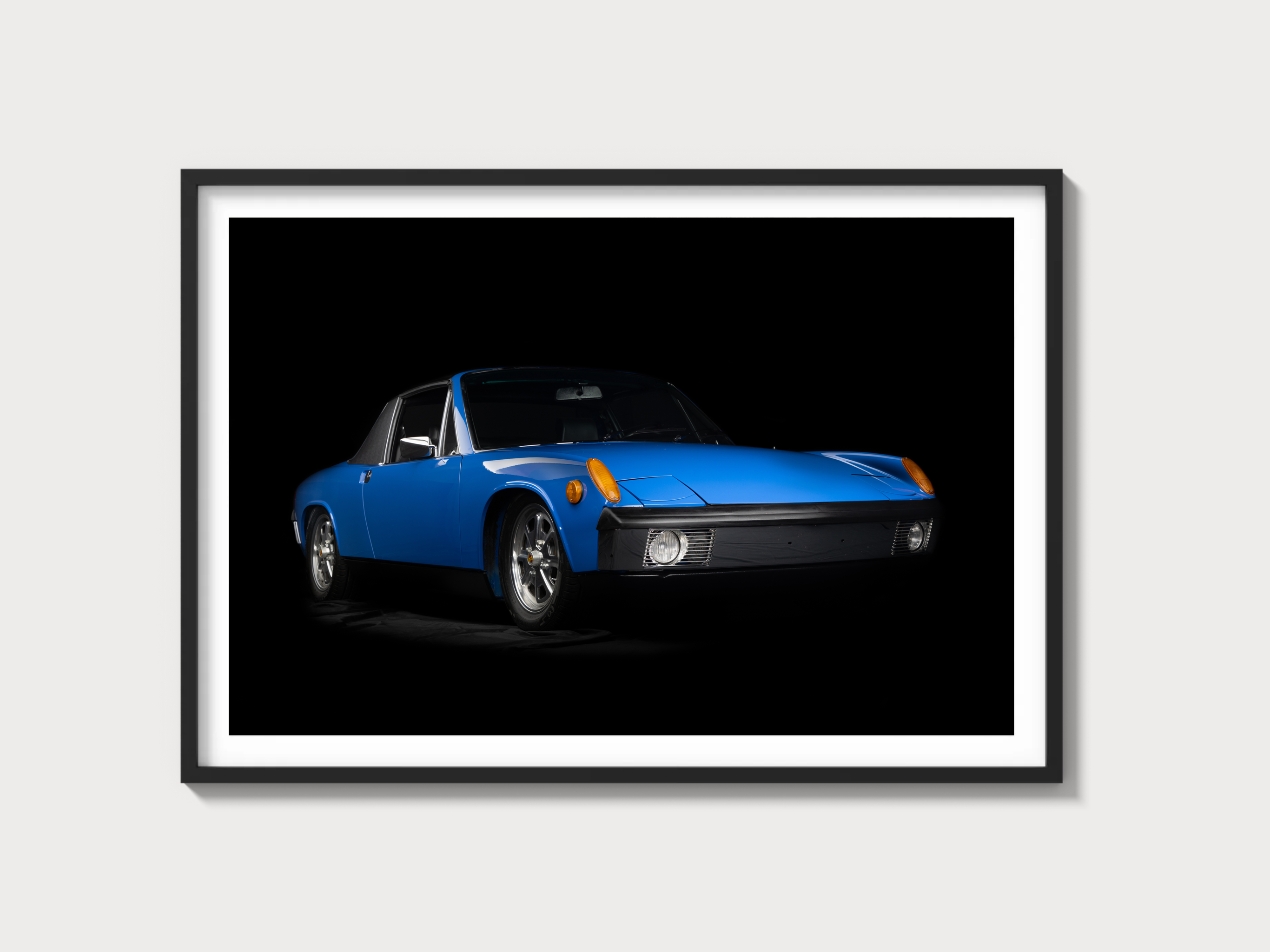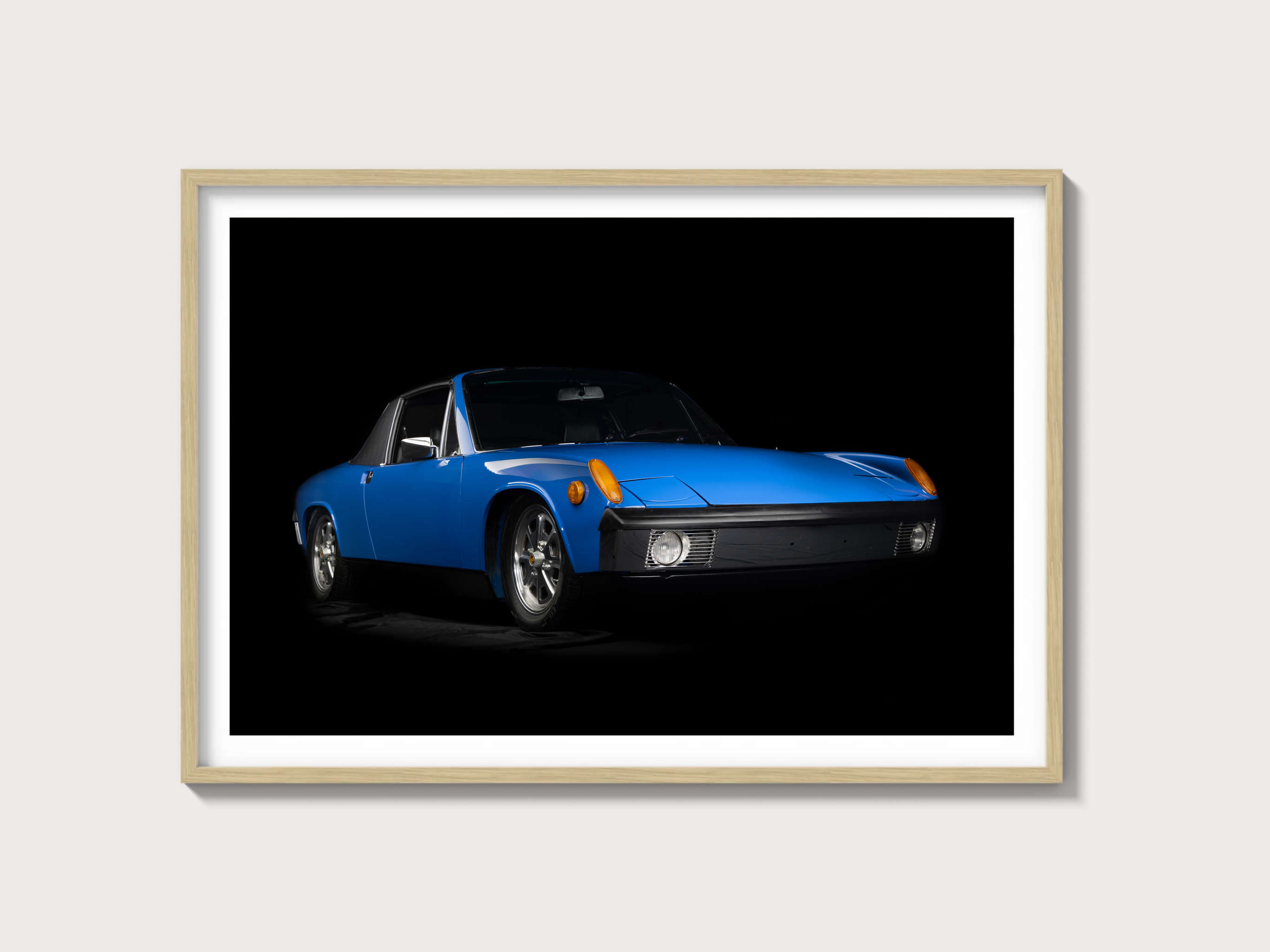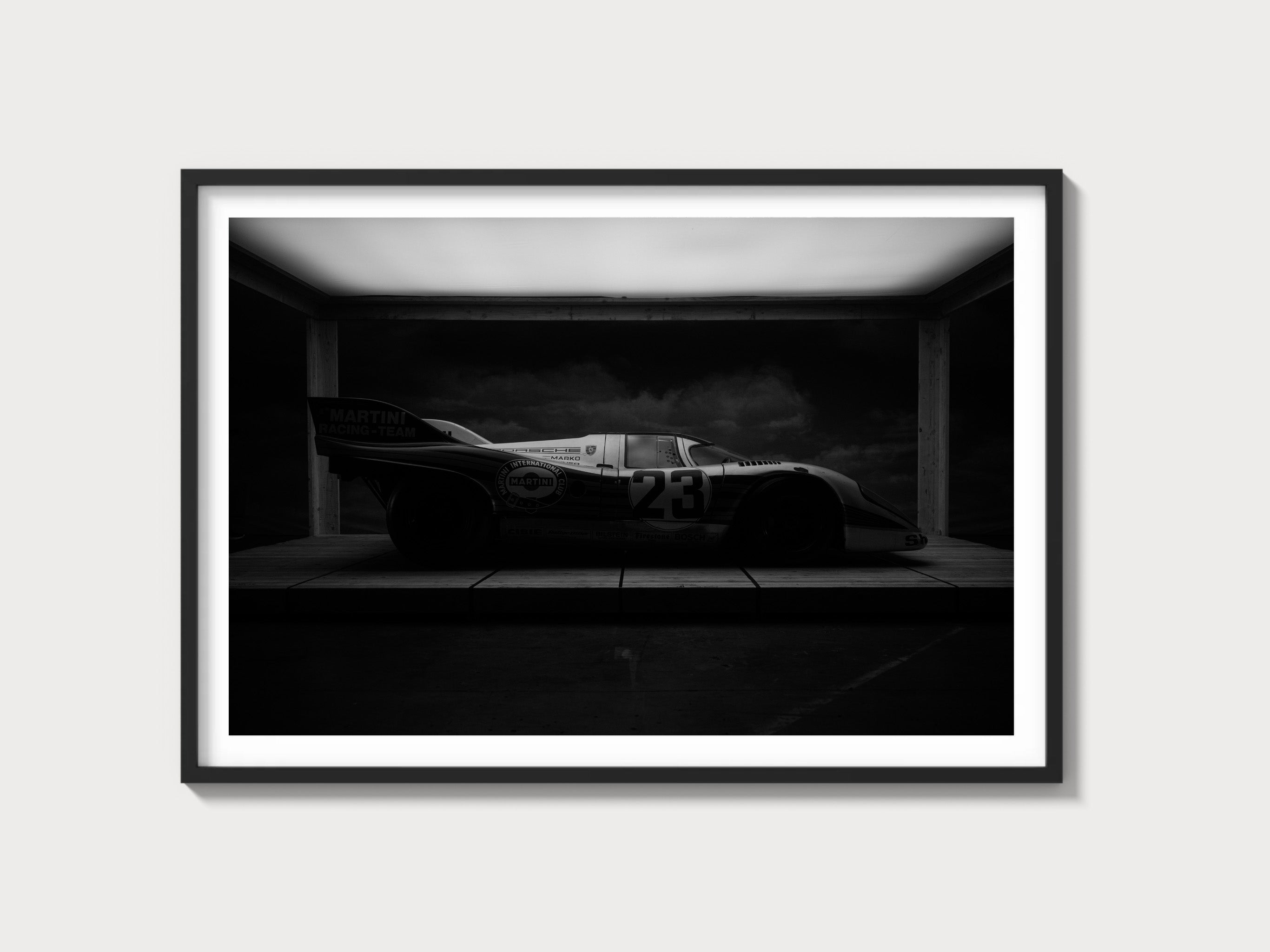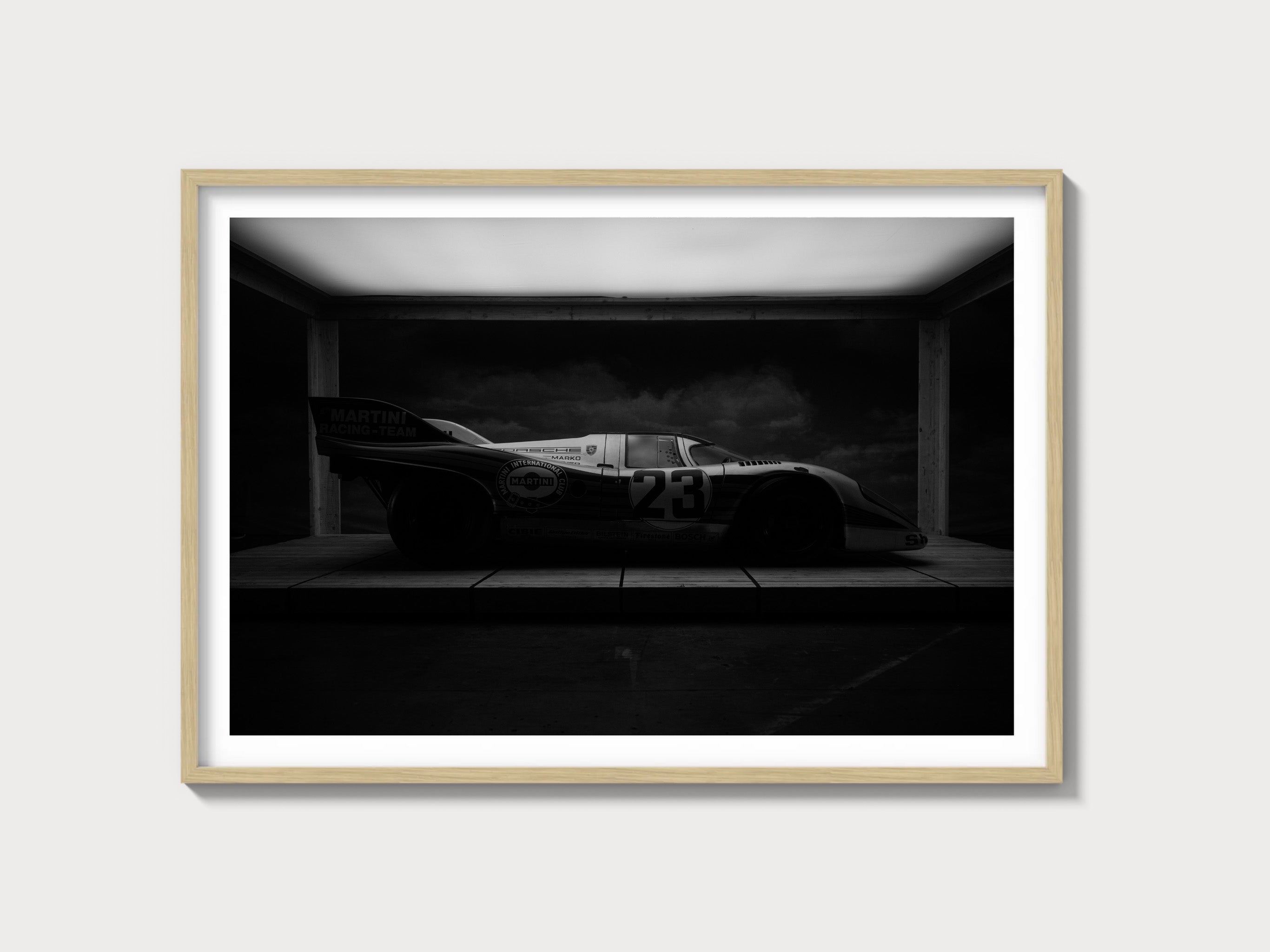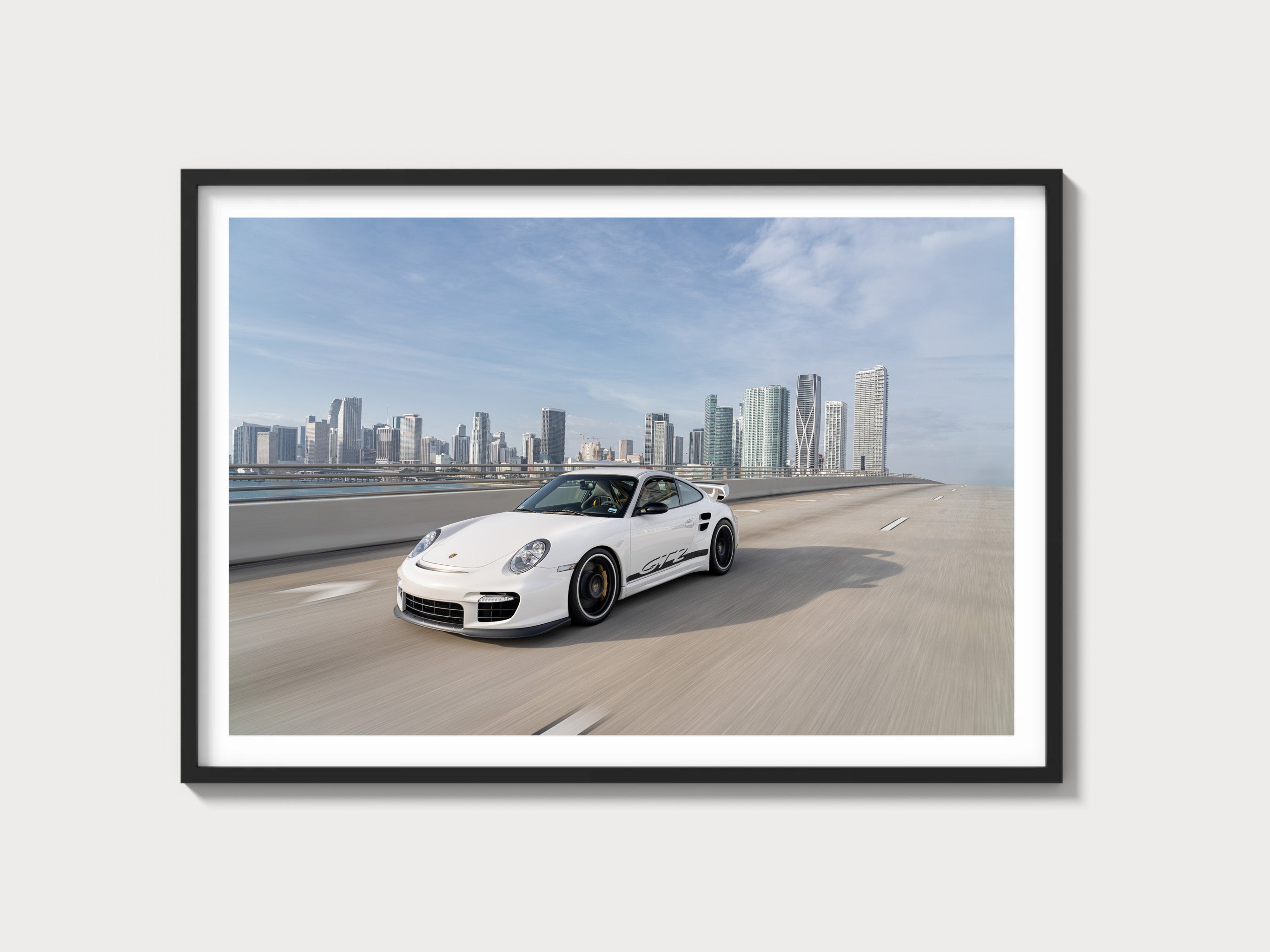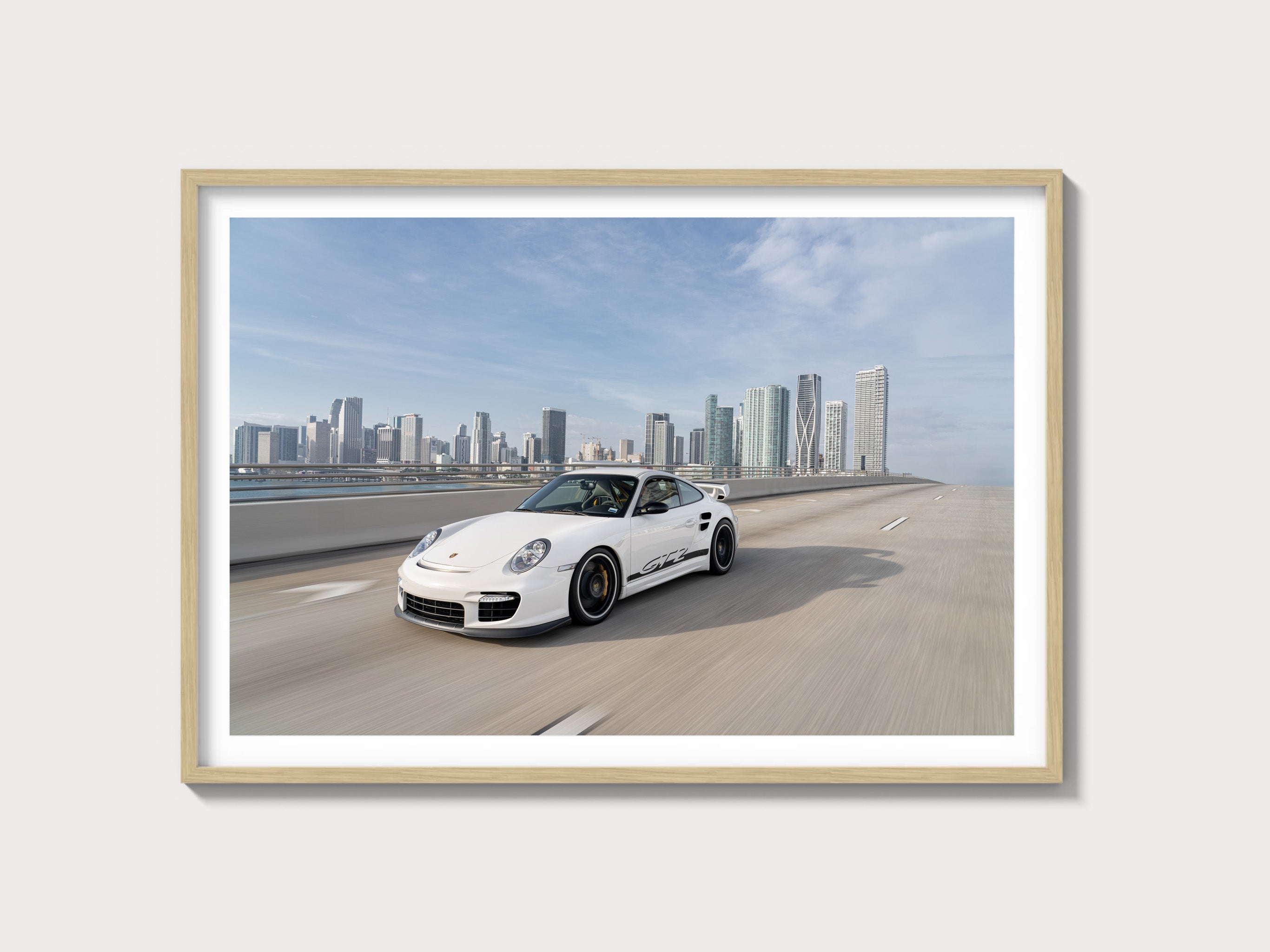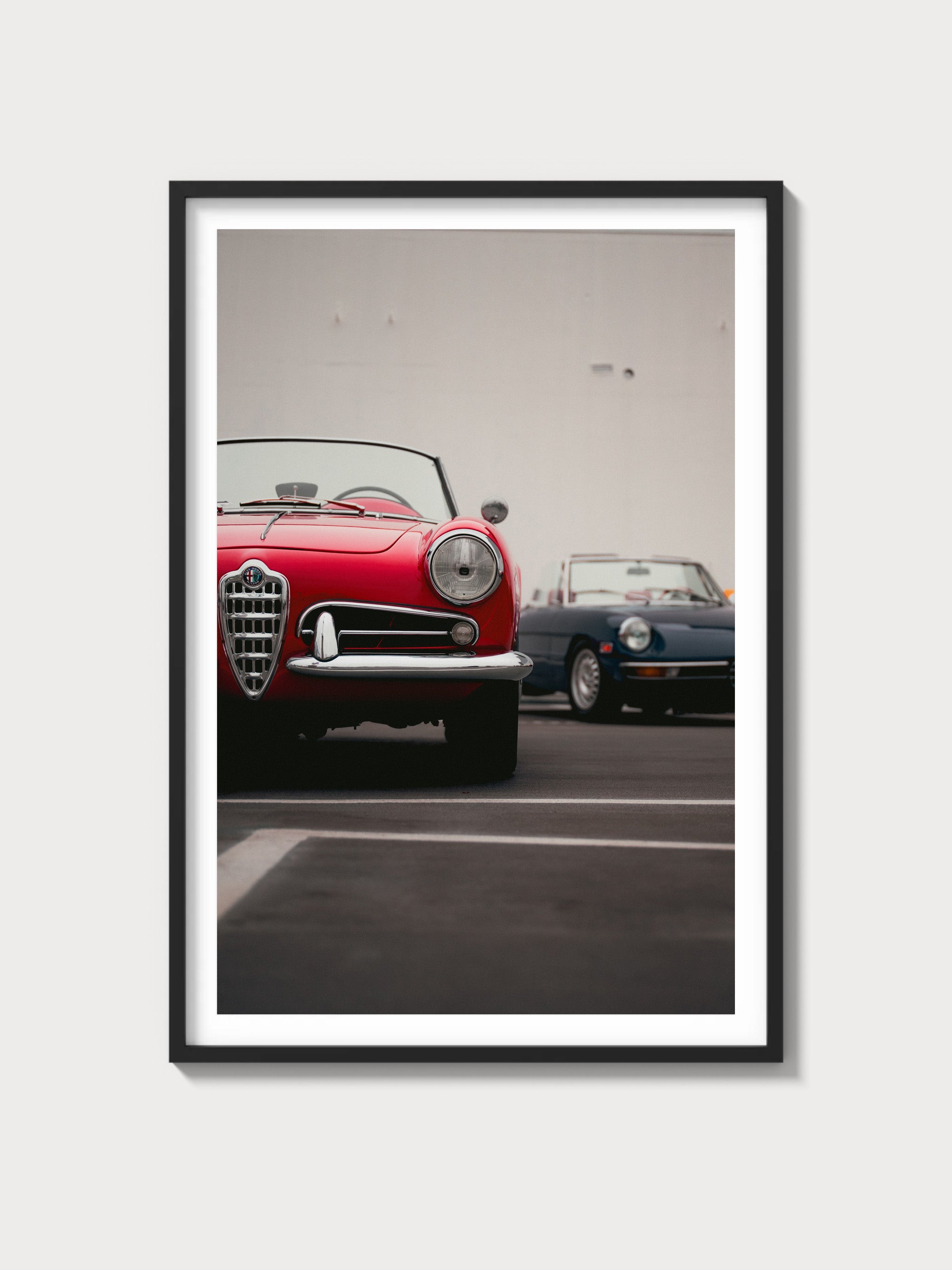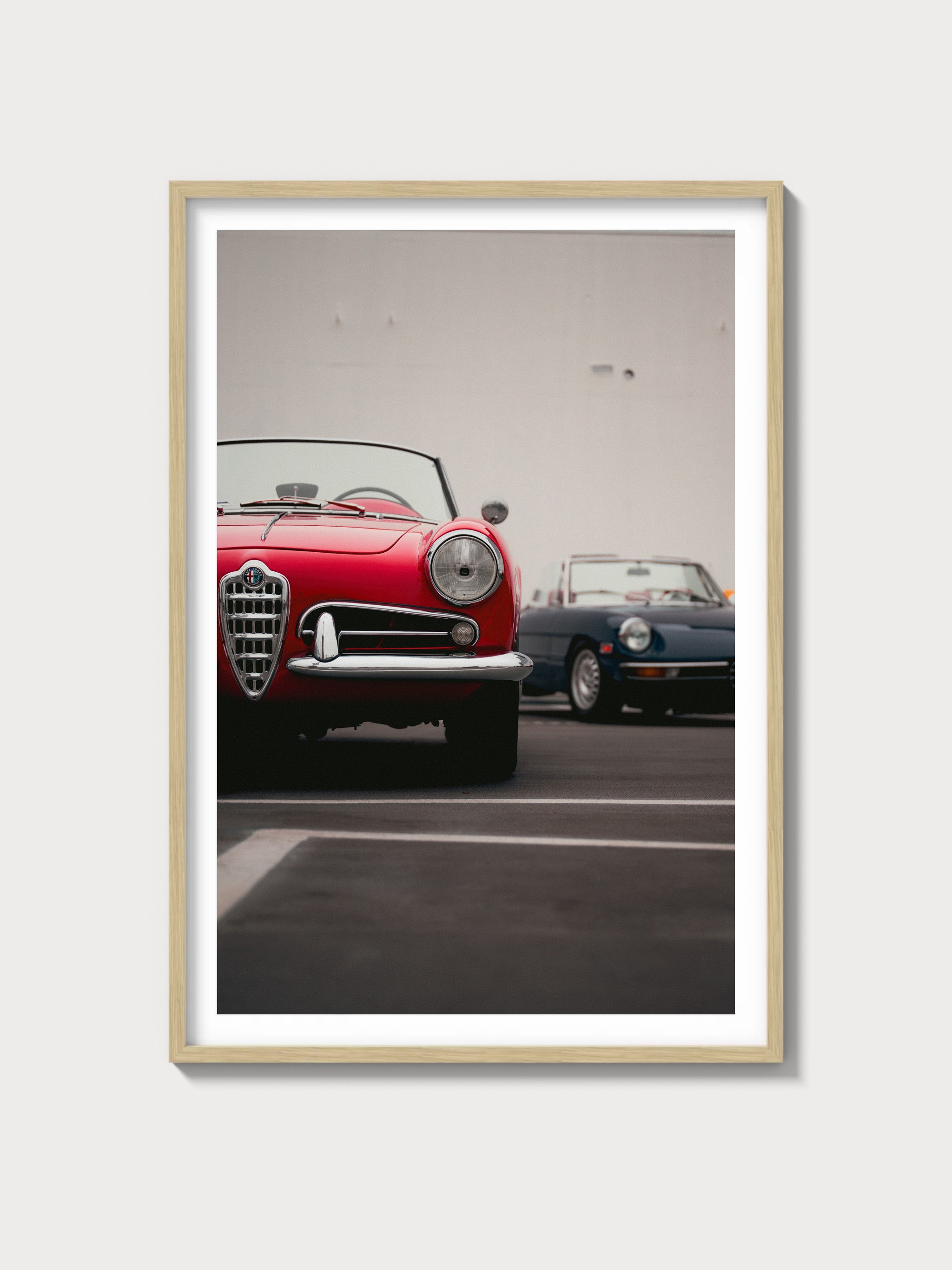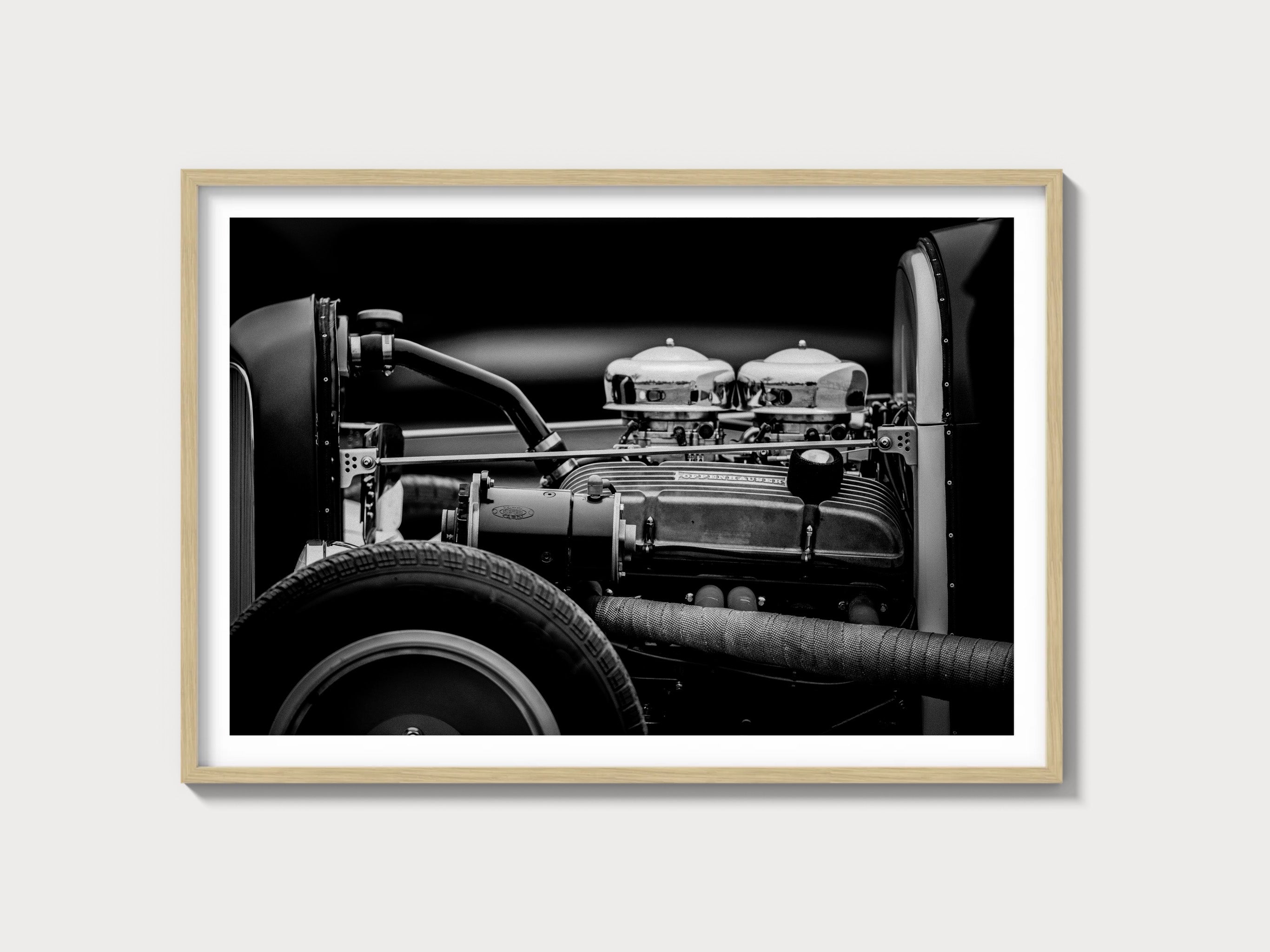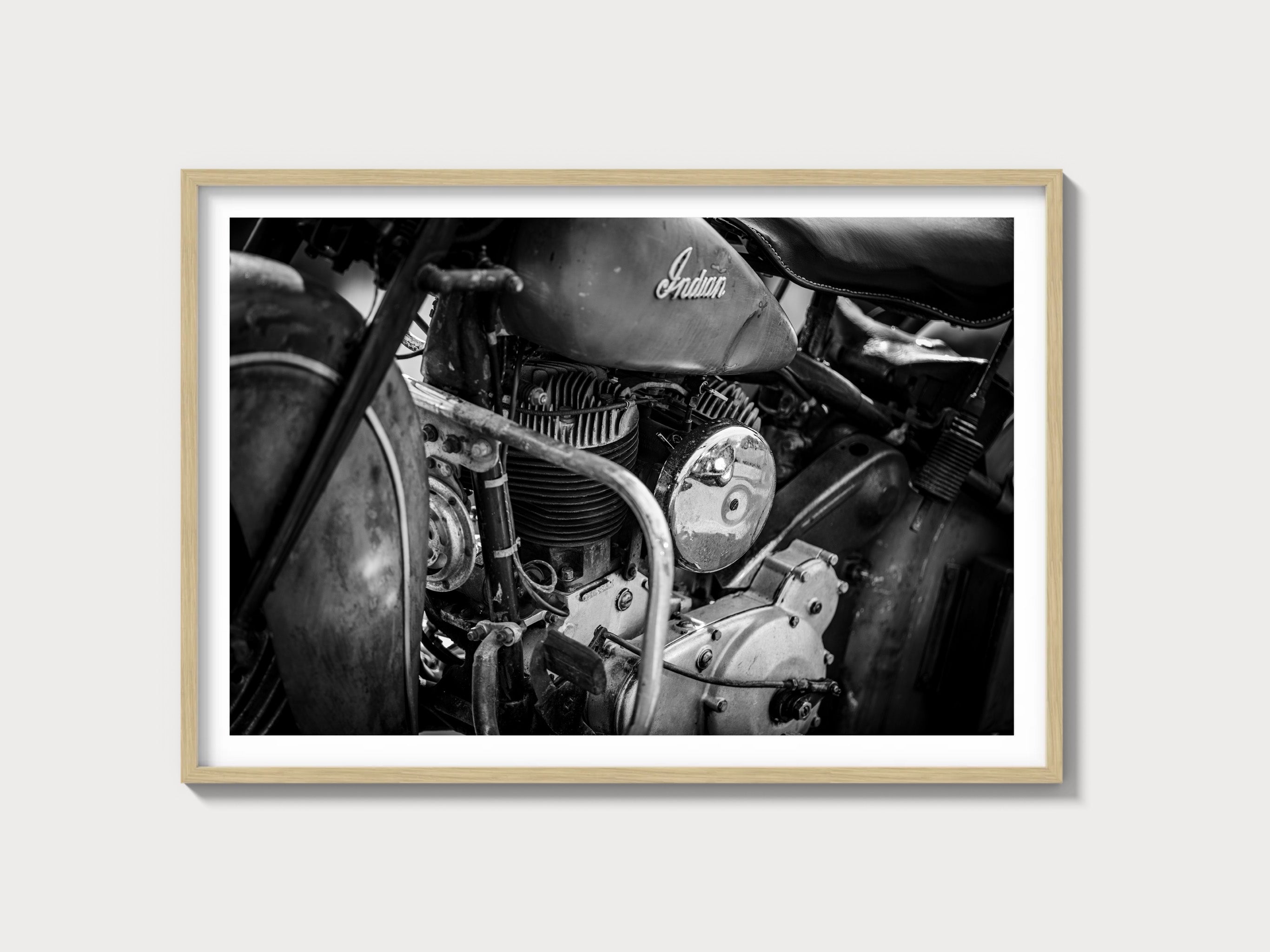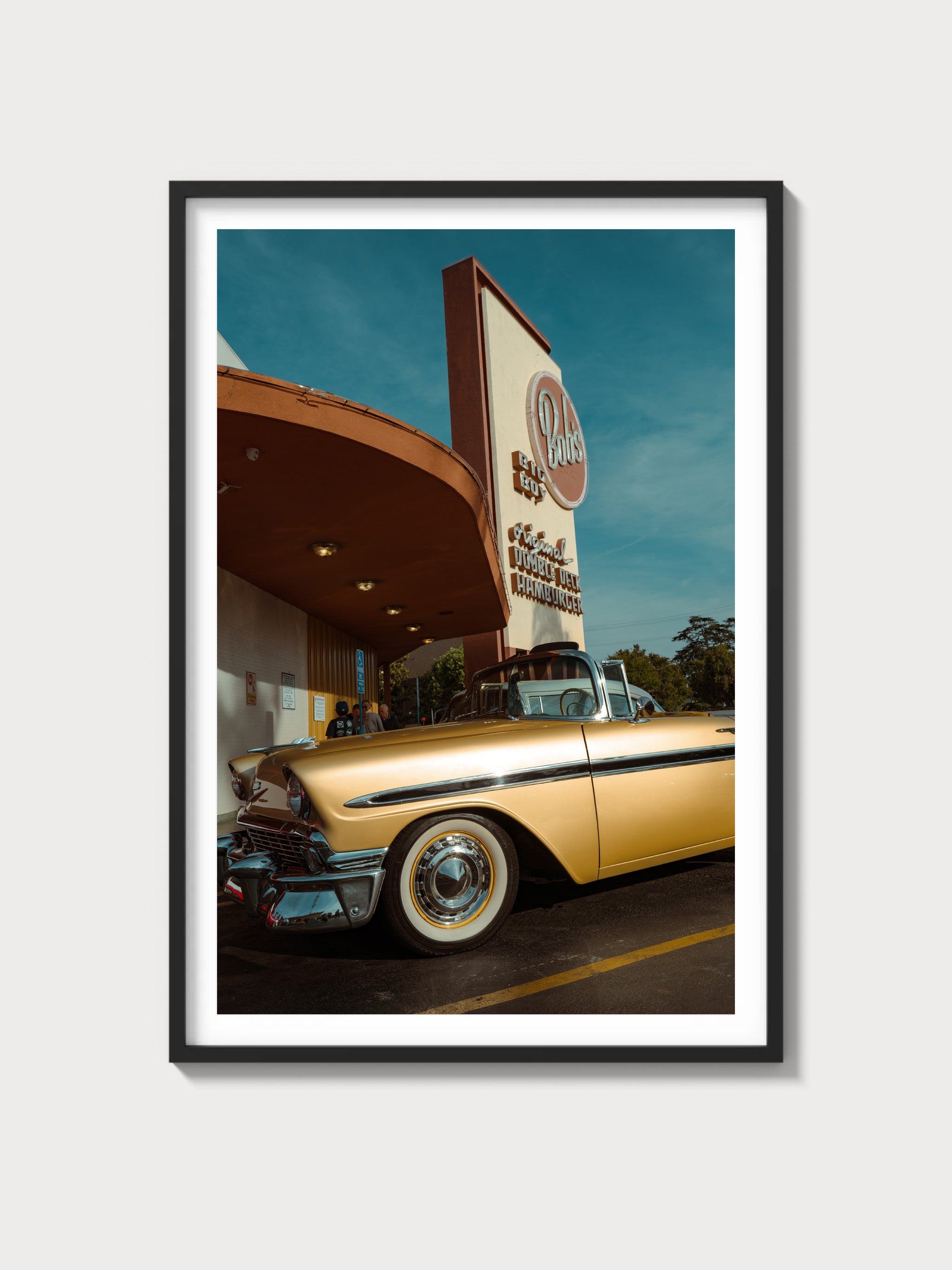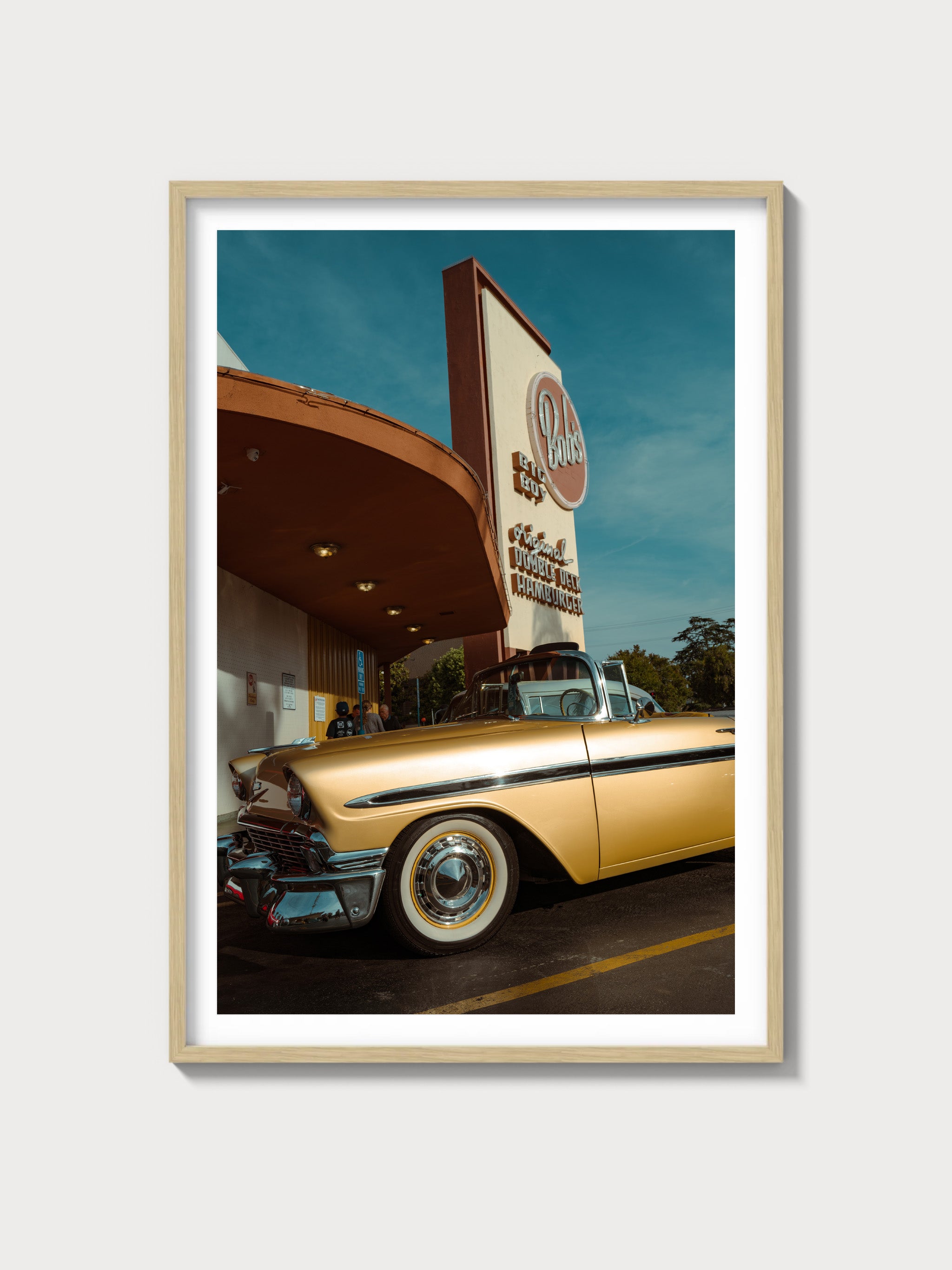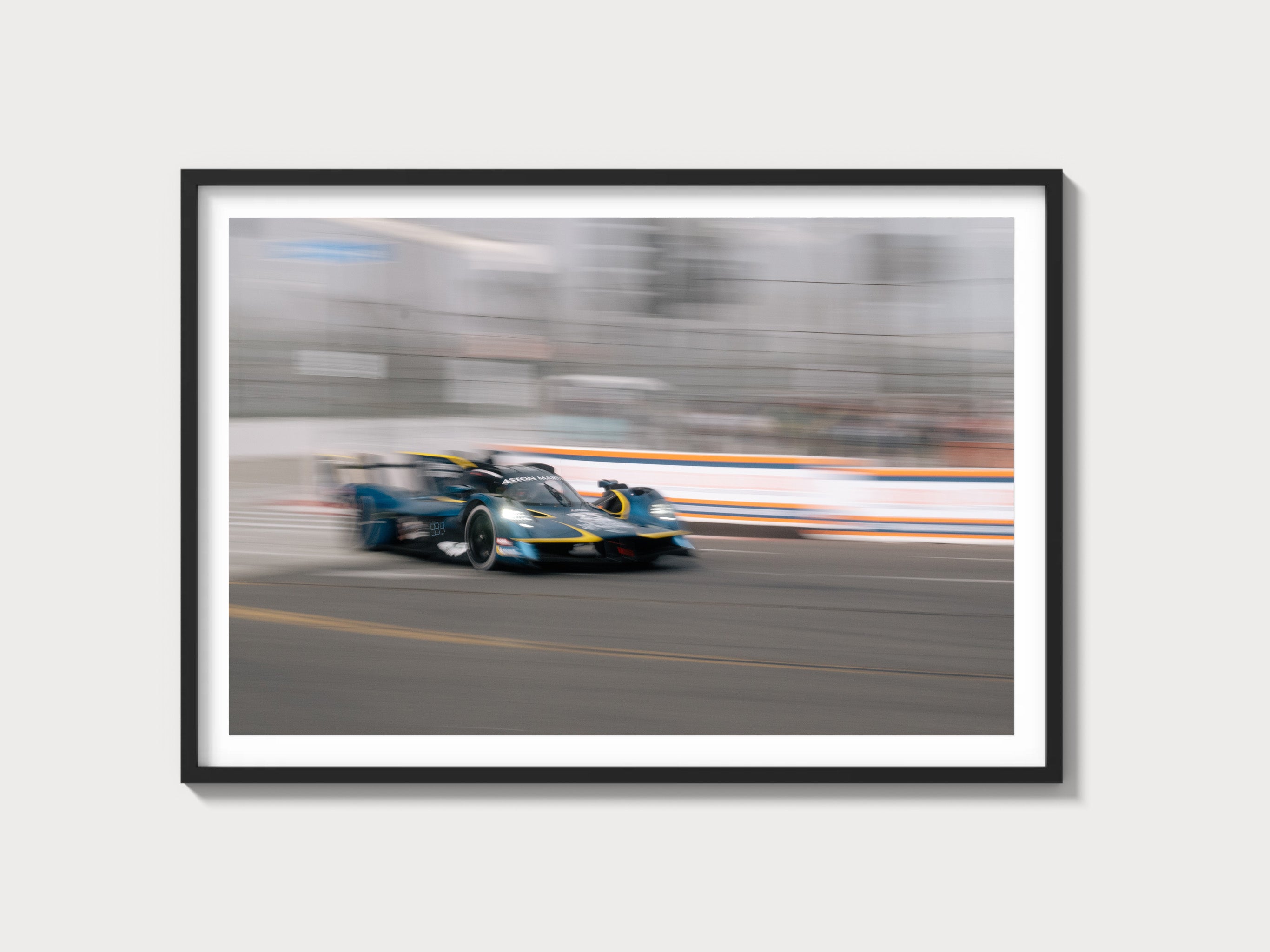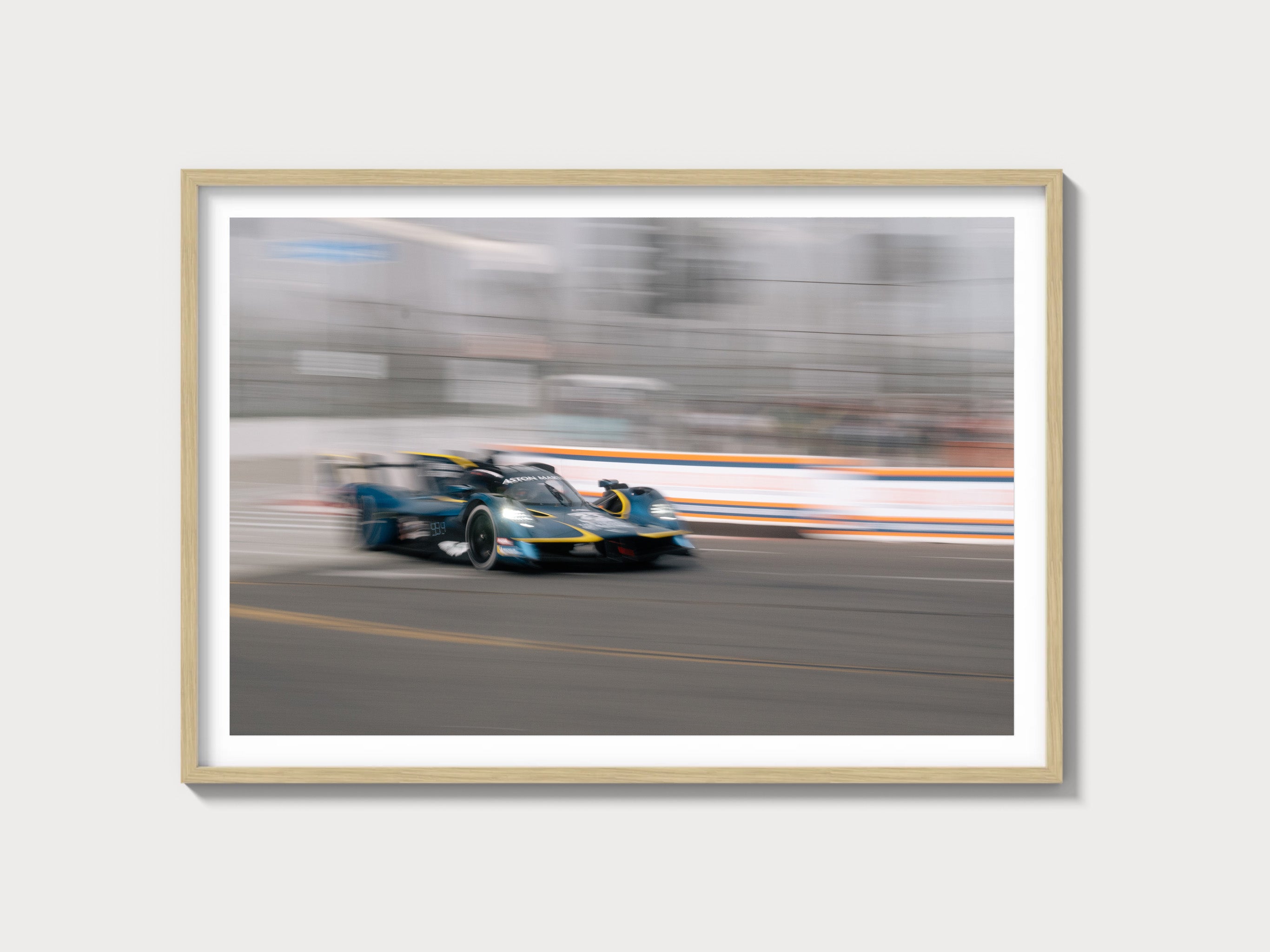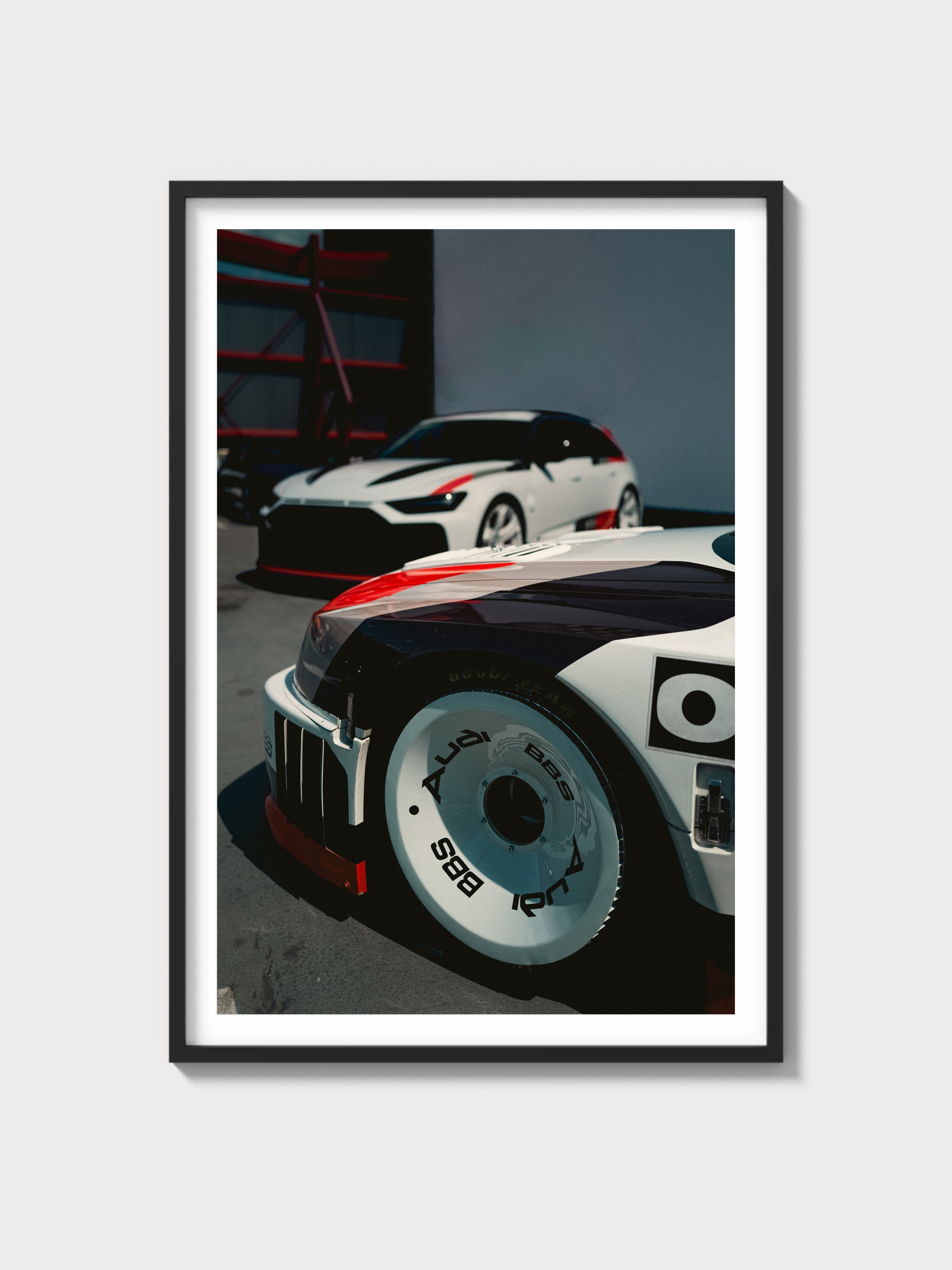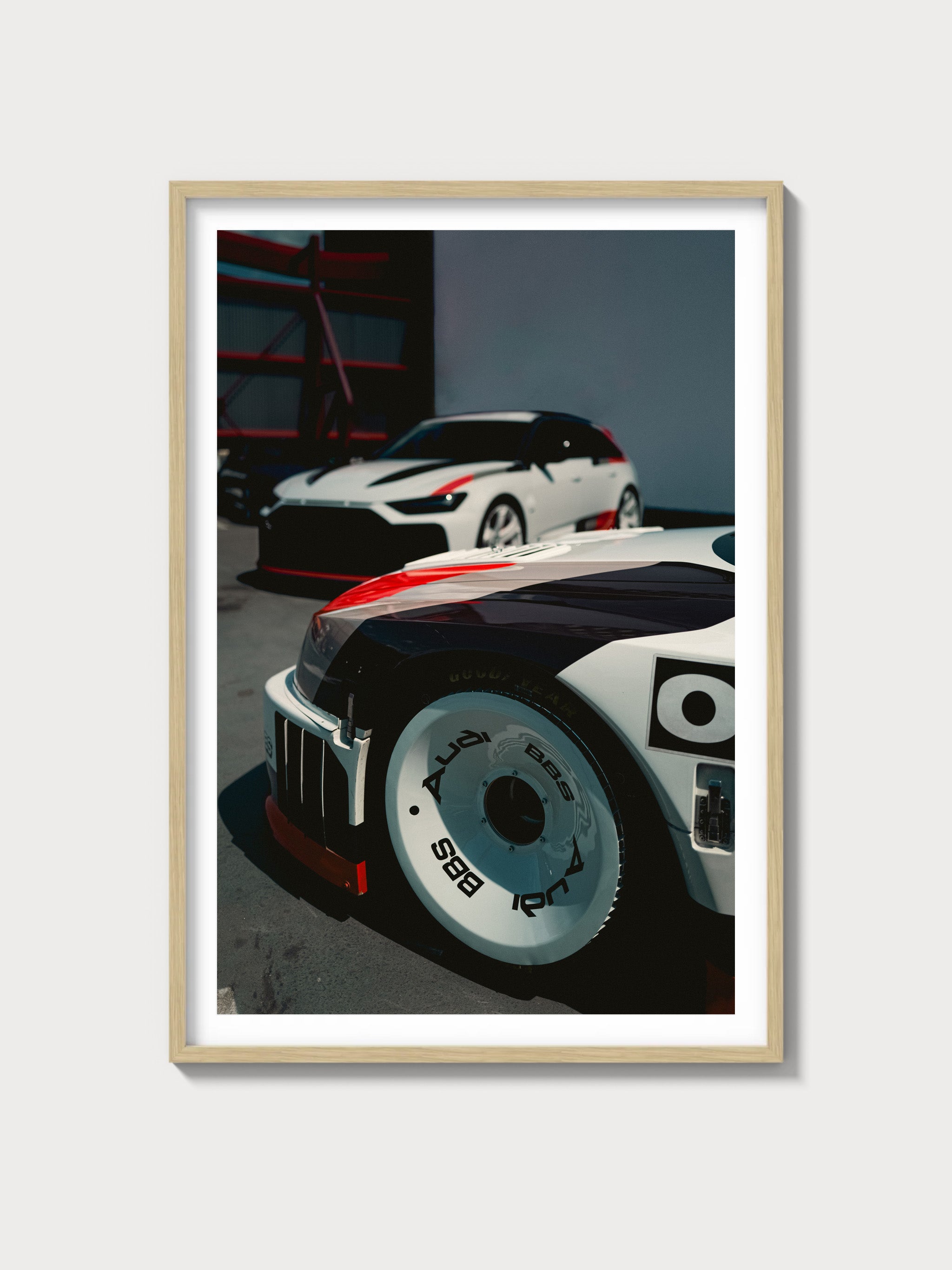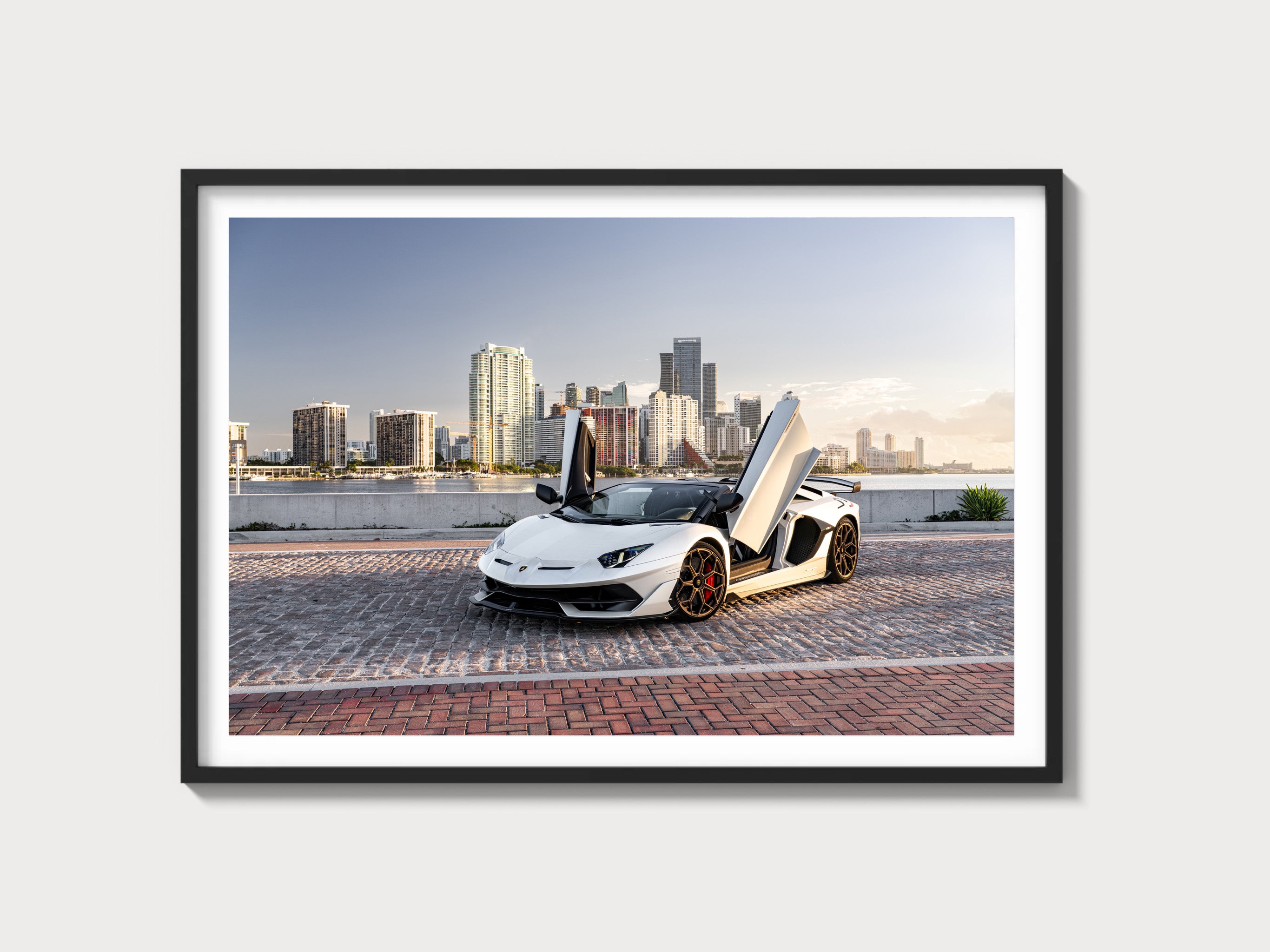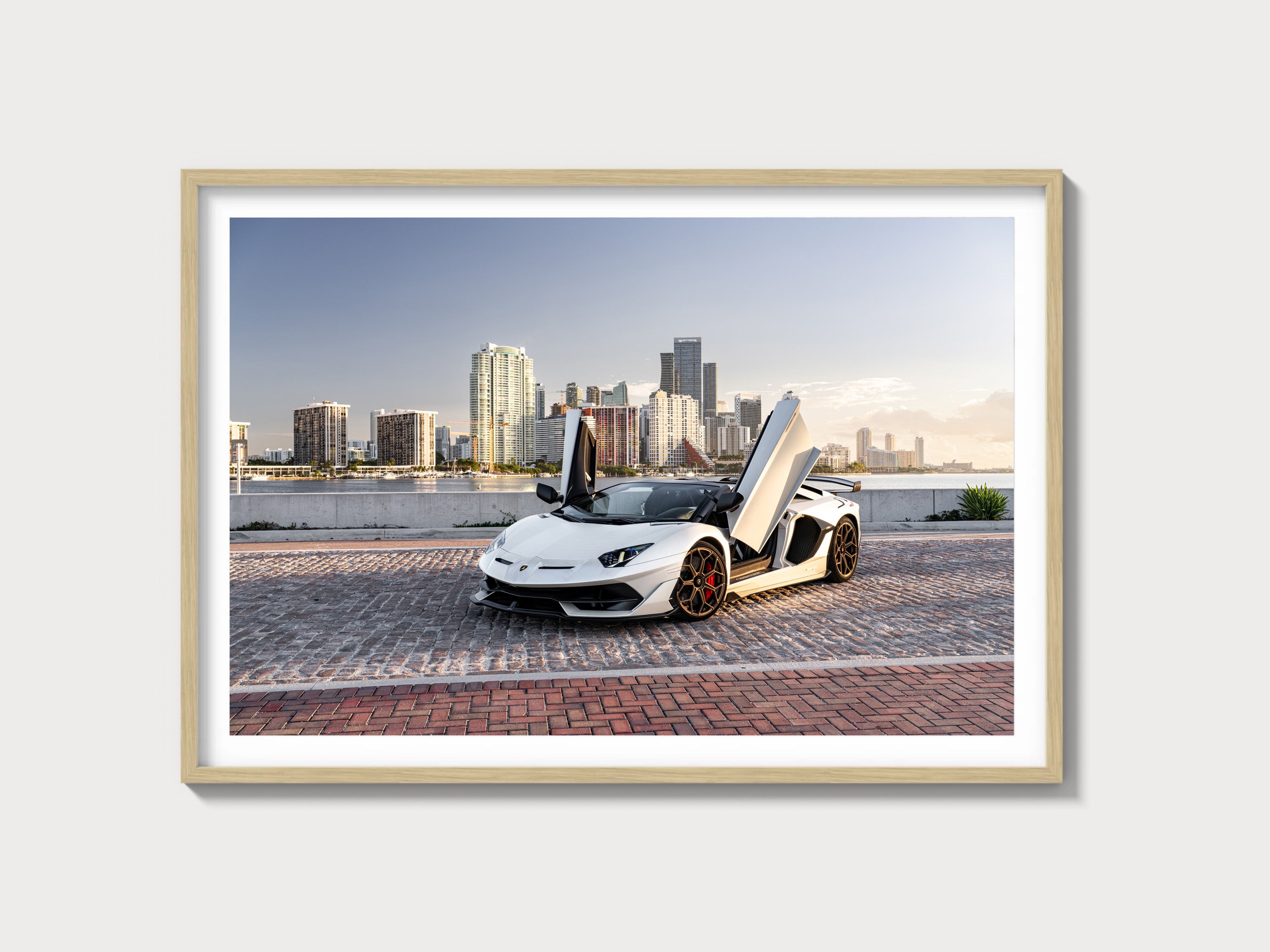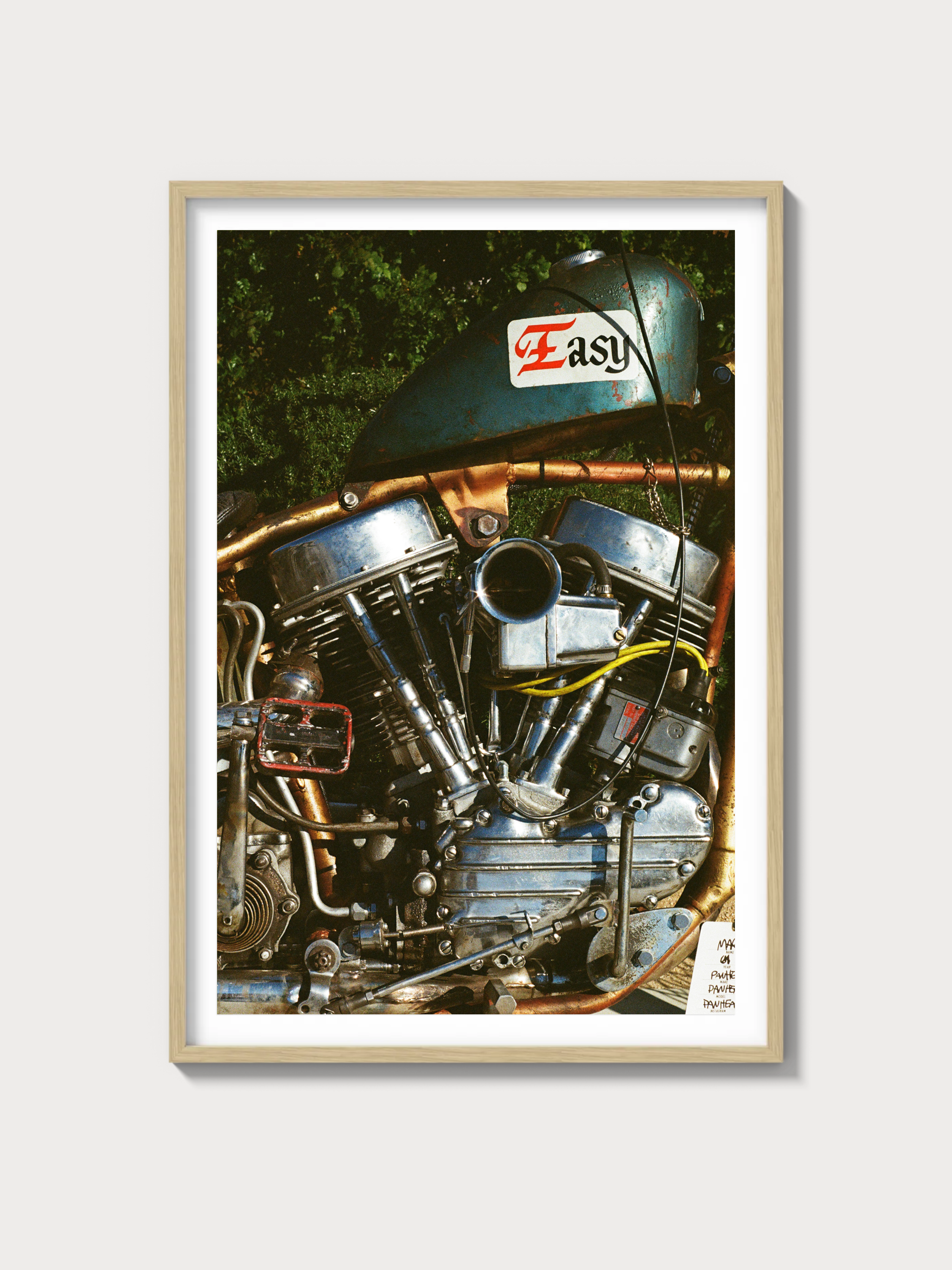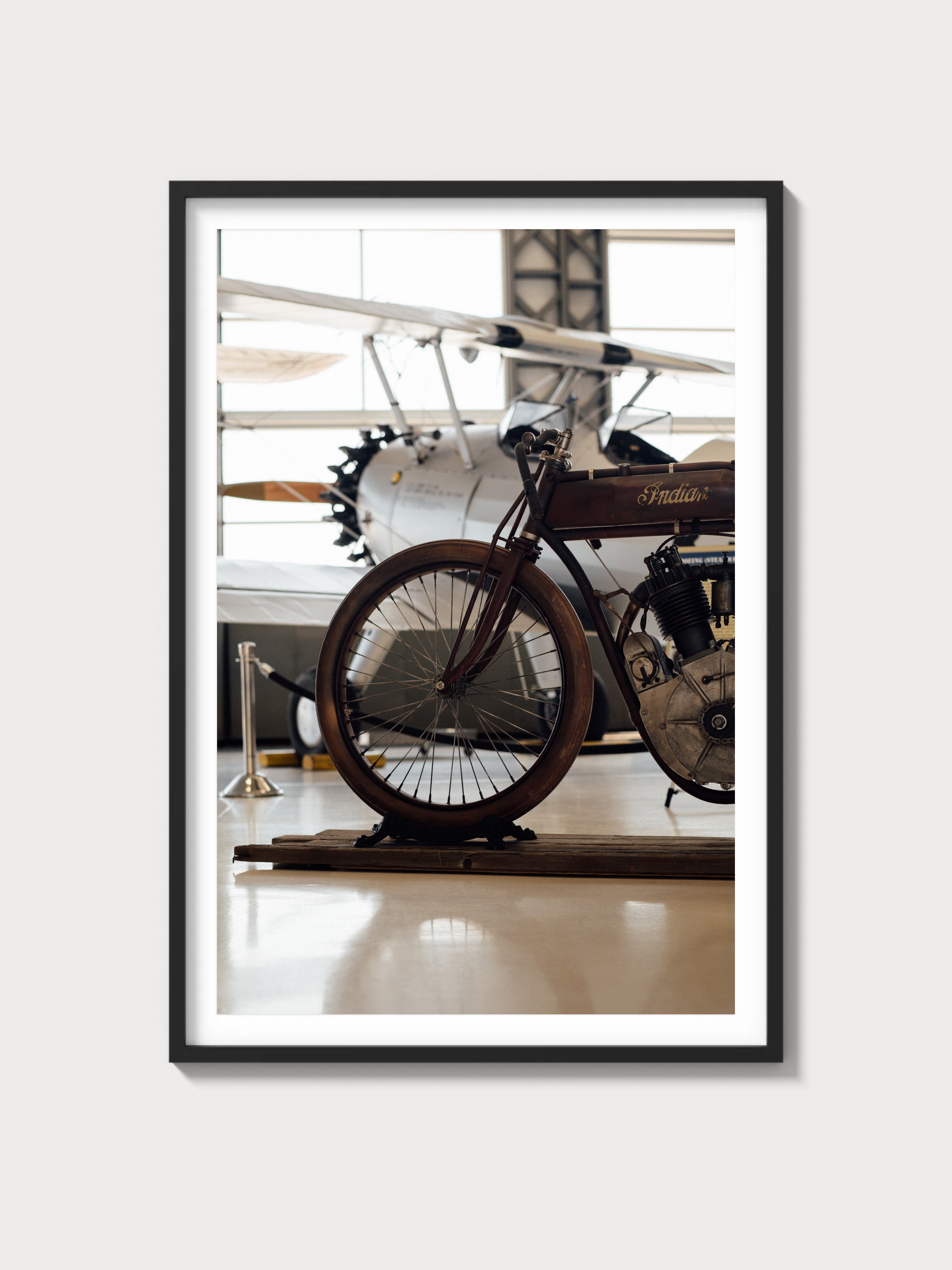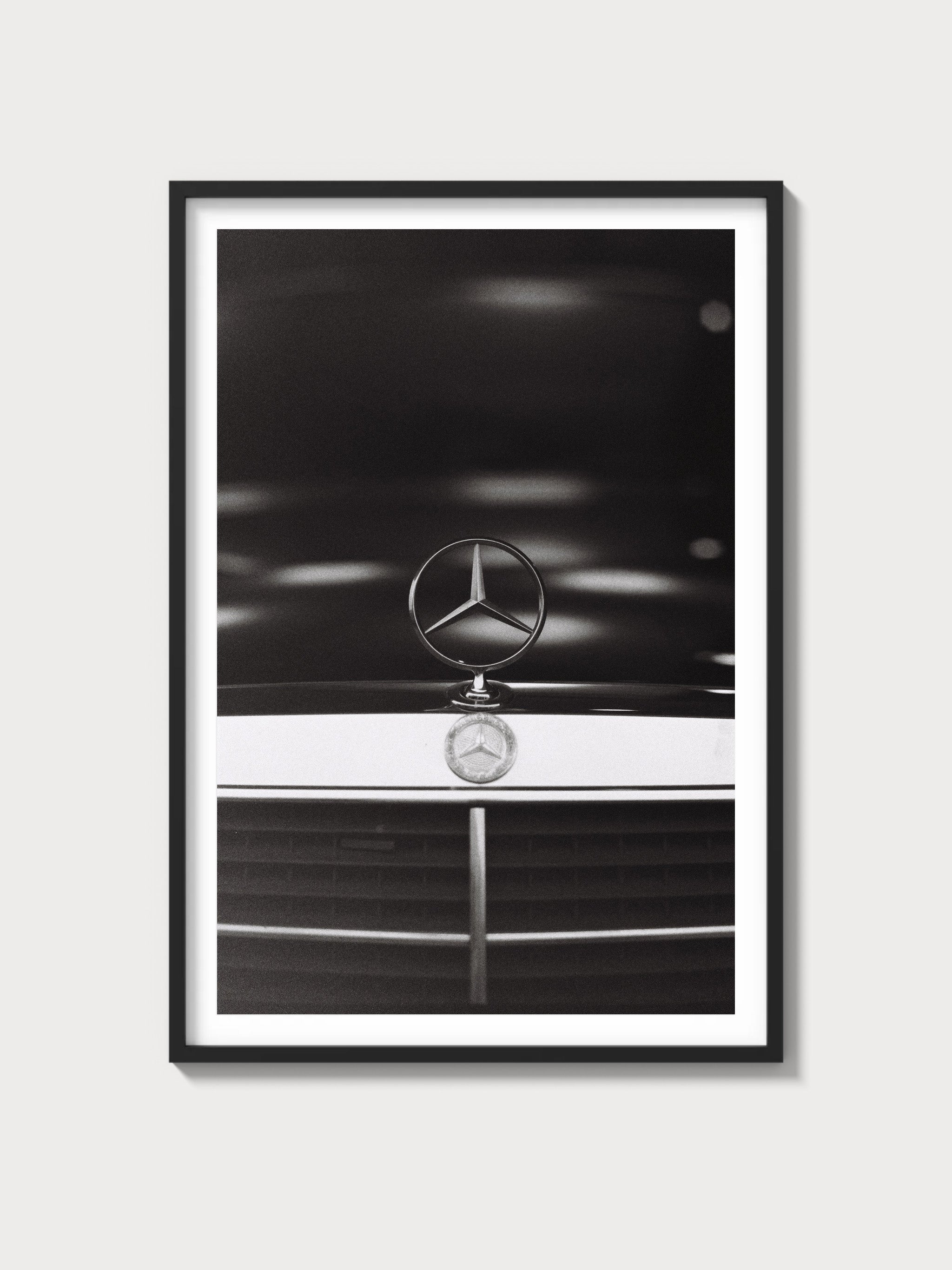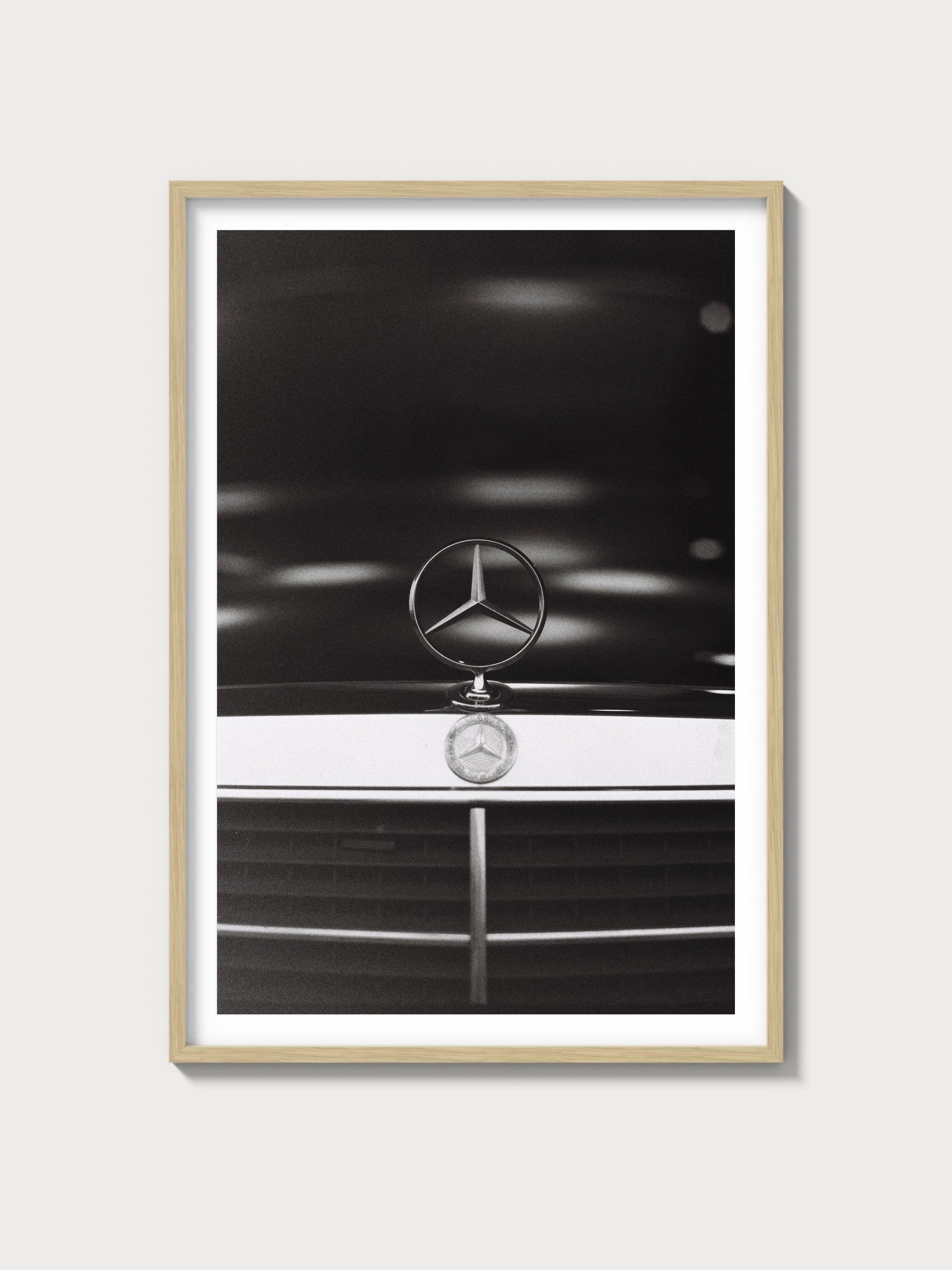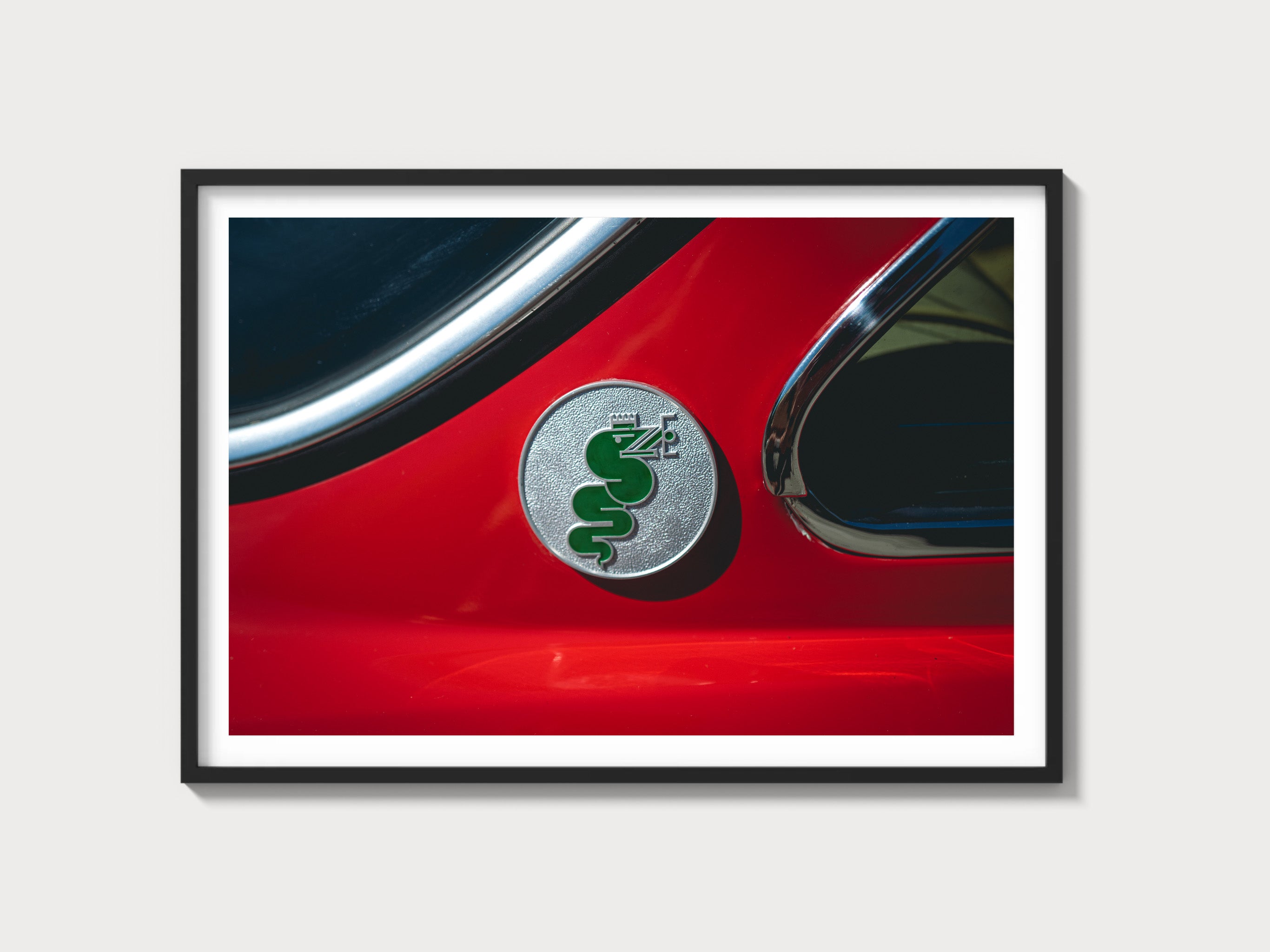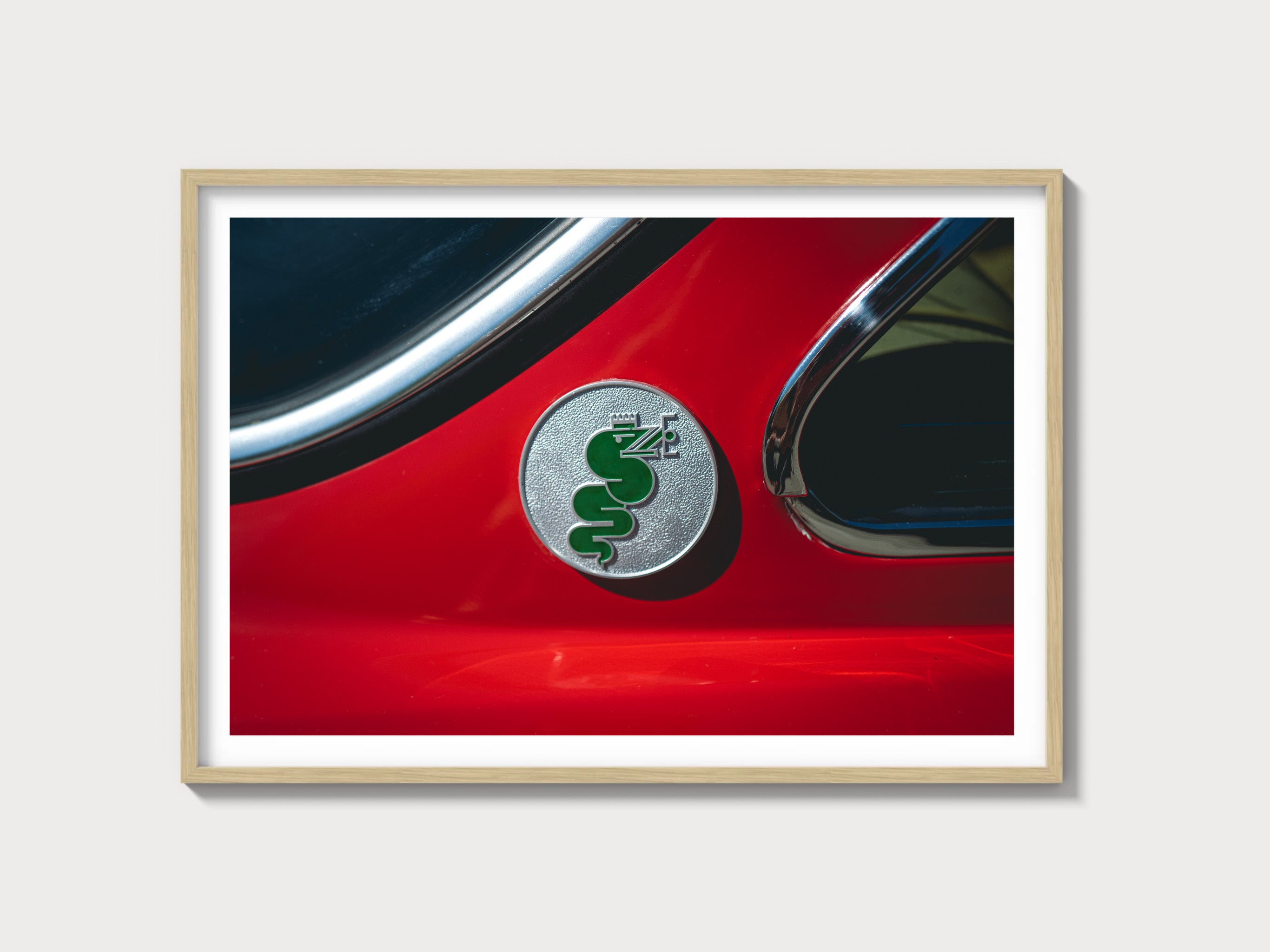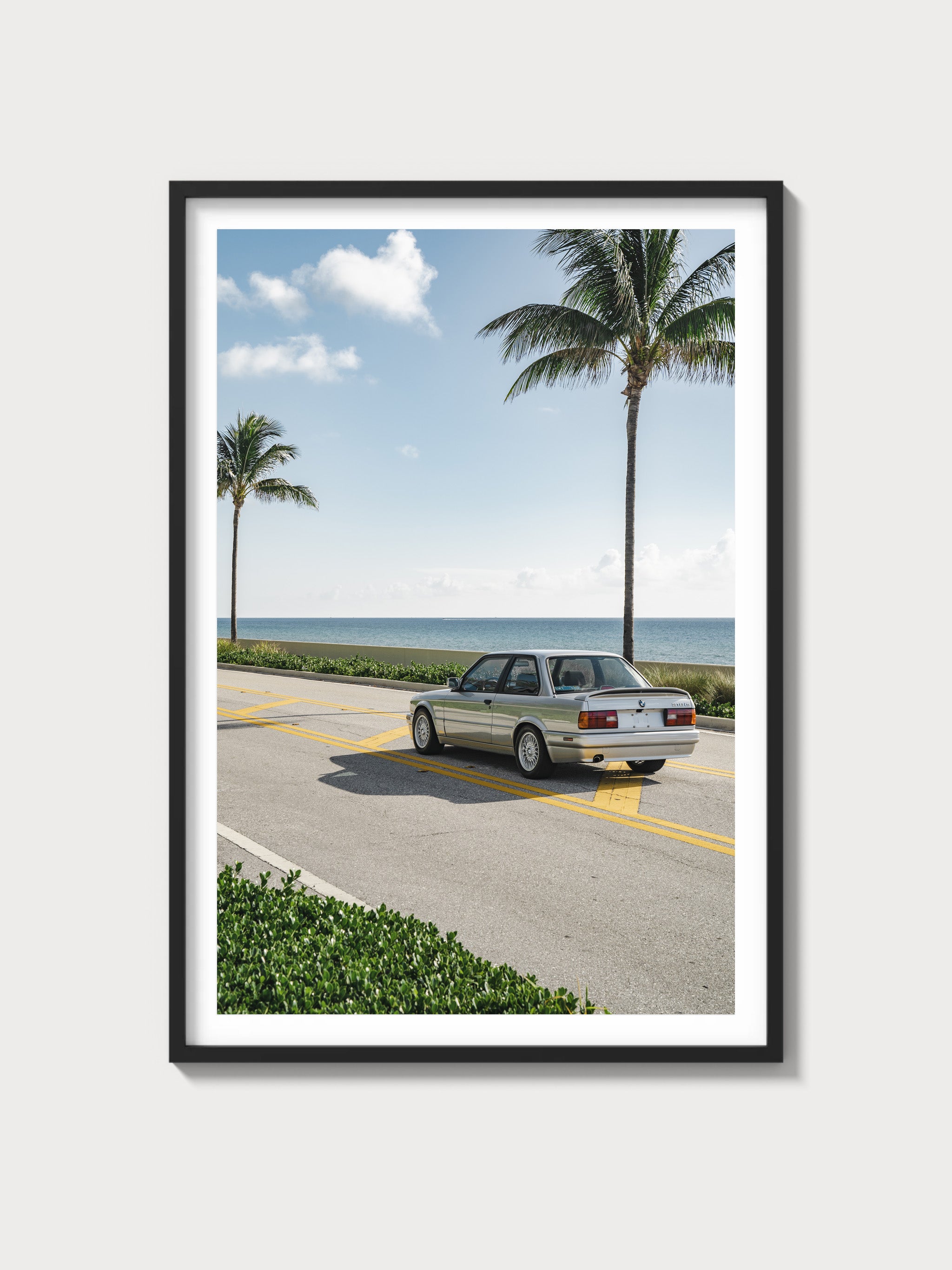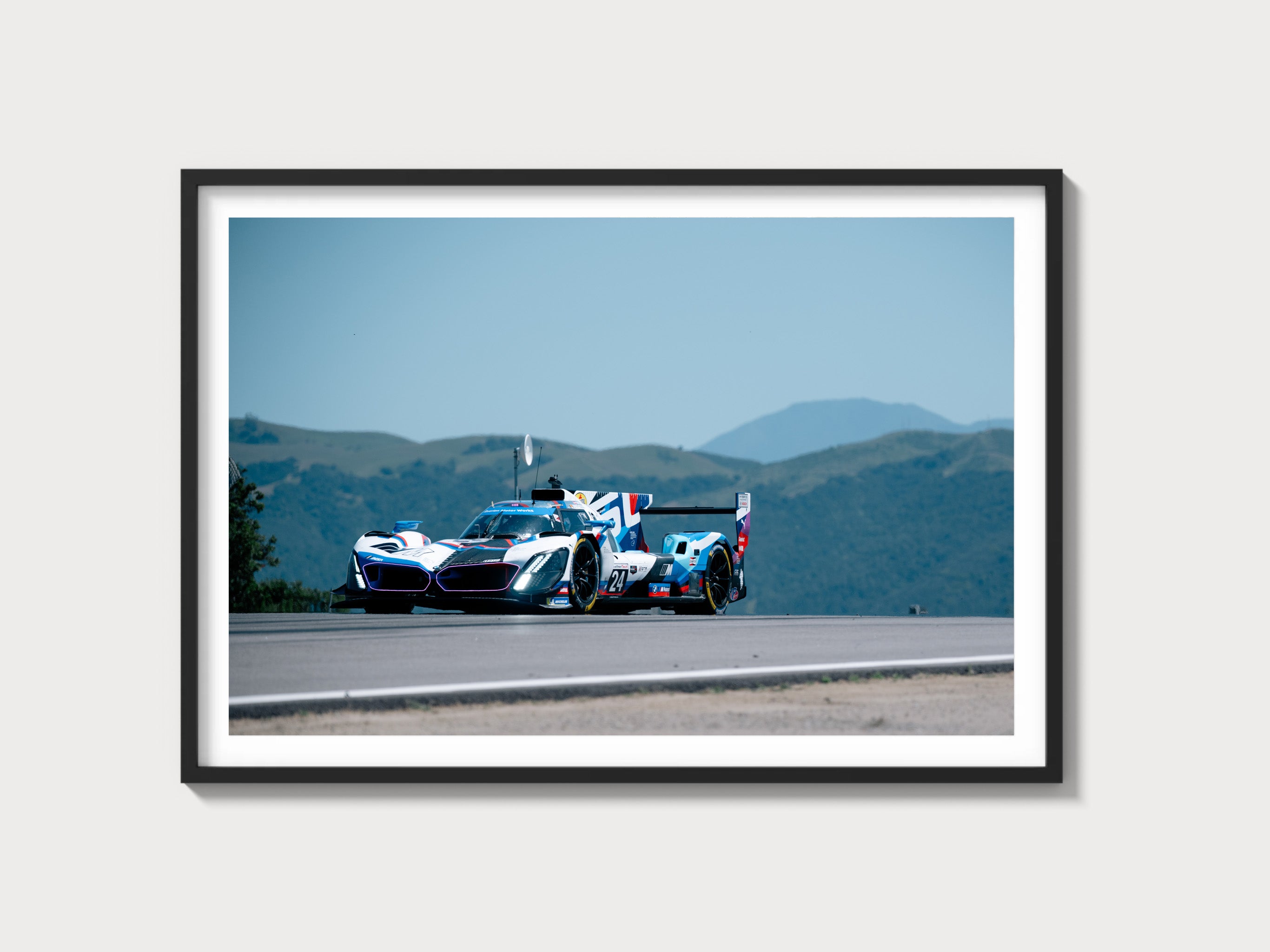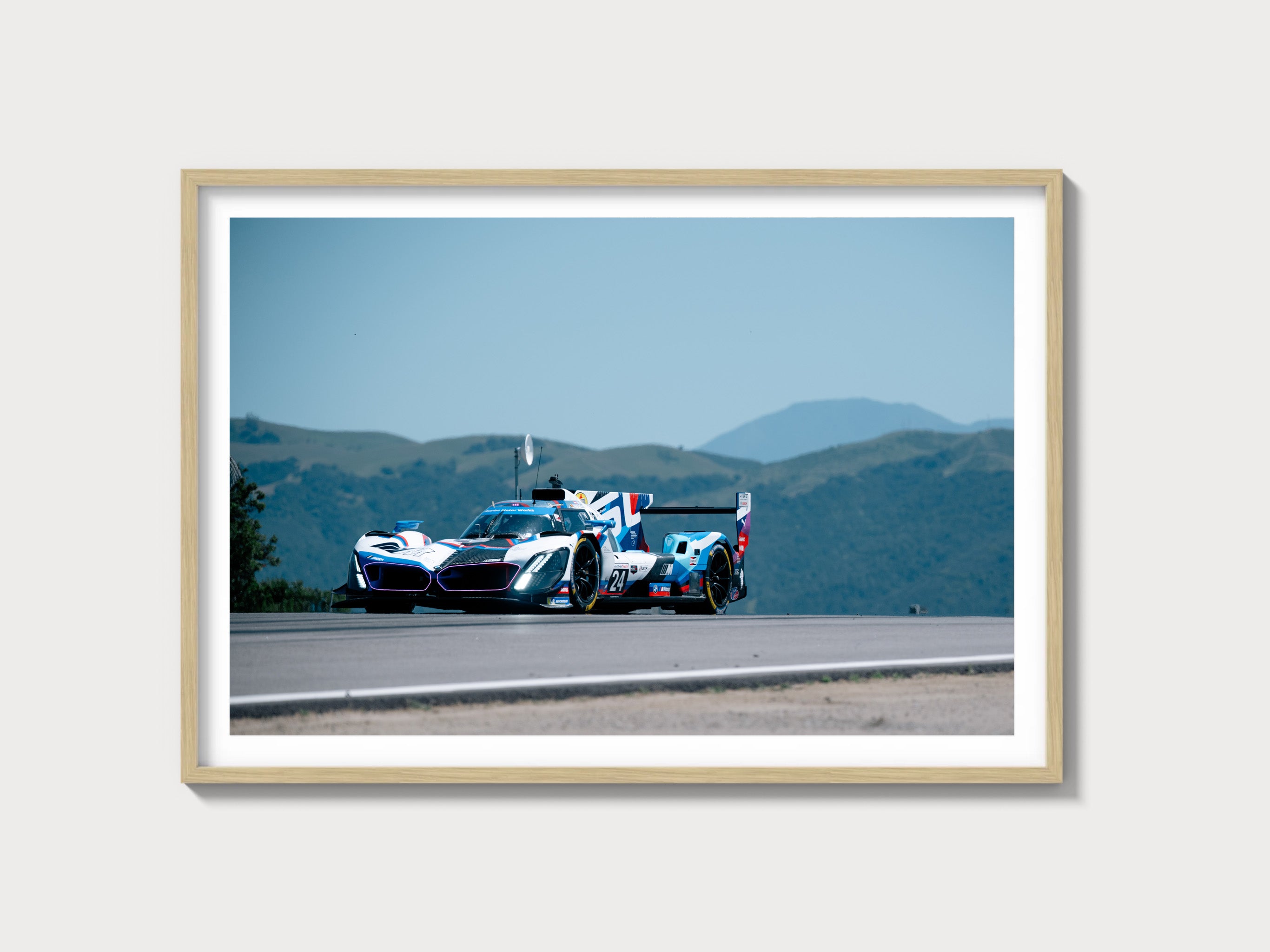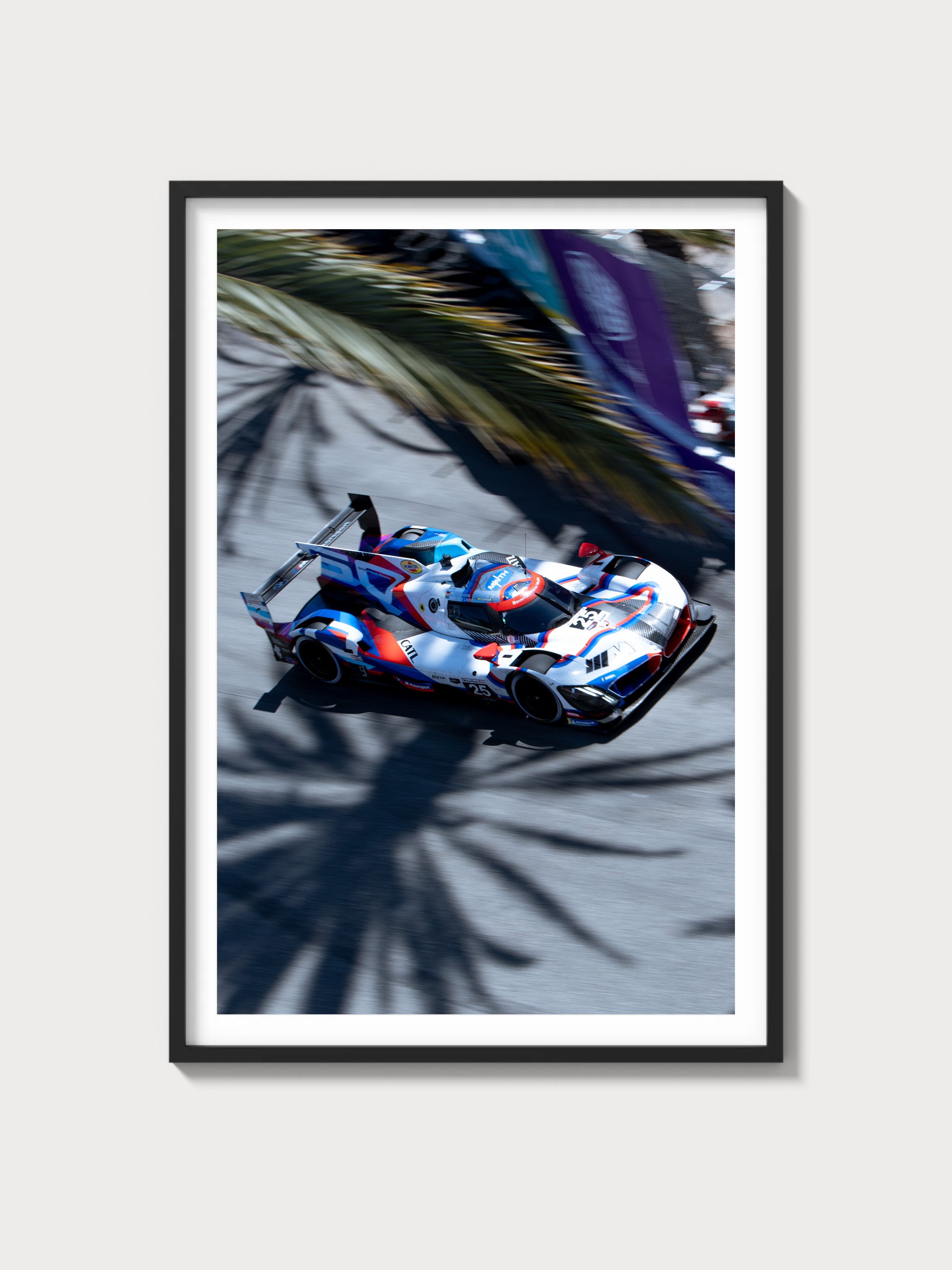Ferrari 375 America: The Definitive History, Specs, and Legacy
Introduction: Ferrari’s Grand Touring Pinnacle
In the illustrious tapestry of Ferrari’s early road cars, the 375 America, introduced in 1953, shines as a crowning achievement—a grand tourer that melded raw power with unparalleled luxury. Powered by a 4.5-liter Lampredi V12, this model saw just 13 units crafted, each a bespoke masterpiece by Pininfarina, Vignale, and Ghia. Succeeding the 340 America, the 375 America elevated Ferrari’s America series, targeting the world’s elite with a blend of racing heritage and opulent refinement.
The year 1953 was a zenith for Ferrari, its racing triumphs—340 MM’s Mille Miglia win—fueling road car prestige. The 375 America, debuted at the 1953 Paris Motor Show, was Enzo Ferrari’s ultimate statement for America and beyond. This exhaustive history, written with a Ferrari historian’s precision, uncovers its technical brilliance, its bespoke artistry, its subtle performance, and its enduring legacy.
Historical Context: Ferrari’s Luxury Leap
The Ferrari 375 America arrived amid a golden age for Maranello. By 1953, Ferrari’s racing dominance—Le Mans 1949, Mille Miglia 1950-53—was unrivaled, yet Enzo sought to expand his road car empire. The 340 America’s 4.1L V12 had captivated America’s wealthy, but its raw edge left room for refinement. The 375 America, with its enlarged 4.5L engine, answered, its grand touring ethos a counterpoint to the track-focused 340 MM and 250 MM.
Only 13 units were built—10 Pininfarina coupes, 2 Vignale coupes, 1 Ghia coupe—each a hand-crafted jewel for the ultra-rich. Chassis 0355AL, a Pininfarina coupe, stunned Paris in October 1953, its sleek form signaling Ferrari’s shift toward Pininfarina standardization. This was a car for tycoons and royalty, from Gianni Agnelli to King Leopold III, its limited run a testament to exclusivity.
The backdrop of 1953 amplified its allure. America’s postwar boom fueled a luxury car frenzy—Cadillacs, Packards—while Europe rebuilt with elegance. Ferrari’s racing prestige, cemented by the WSC, made the 375 America a status symbol, its name a nod to the transatlantic market that birthed the series.
Technical Specifications: The Lampredi V12’s Grand Tourer
The Ferrari 375 America’s essence was its 4.5-liter Lampredi V12—a detuned racing engine refined for luxury. Below, we dissect its engineering with historian’s rigor.
Engine: Lampredi’s 4.5-Liter Refinement
Displacing 4,522 cc (bore 84 mm, stroke 68 mm), the 375 America’s V12 enlarged the 340 MM’s 4,101 cc unit via a bore increase from 80 mm. With a single overhead camshaft per bank, an 8.0:1 compression ratio, and triple Weber 40 DCZ/3 carburetors, it produced 300 horsepower at 6,300 rpm—matching the 340 MM but tuned for smoothness. The aluminum block, wet-sump lubrication, and 60-degree V-angle weighed 320 lbs, delivering 245 lb-ft of torque at 4,800 rpm.
This was a racing heart softened. Unlike the 340 MM’s dry-sump fury, the wet sump prioritized reliability, though chassis 0337AL, built for a U.S. client, hit 310 hp with high-flow carbs, echoing its racing kin.
Performance: Power with Grace
The 375 America reached 155 mph (250 km/h)—verified by Car and Driver’s 1954 test—outrunning the 340 America’s 150 mph, with a 0-60 mph time of ~7 seconds. Its power-to-weight ratio (261 hp/ton) bested the Cadillac Series 62 (84 hp/ton), its V12 refinement a cut above American V8s.
Chassis and Suspension: Robust Elegance
The chassis was a tubular steel ladder frame, weighing 1,150 kg (2,535 lbs)—heavier than the 340 MM’s 900 kg due to luxury appointments. Its 2,800 mm wheelbase—longer than the 340 America’s 2,420 mm—ensured stability. Front suspension used double wishbones with a transverse leaf spring and Houdaille shocks, while the rear featured a live axle with semi-elliptic leaf springs, tuned for comfort over track agility.
Transmission and Brakes: Smooth Delivery
A 4-speed manual gearbox—non-synchronized, with a single-plate clutch—drove the rear wheels, its ratios (1st: 2.90, 4th: 0.92) favoring cruising. Braking relied on 14-inch hydraulic drum brakes, finned for cooling, delivering 0.8g deceleration—adequate for a grand tourer, though outpaced by racing discs.
| Specification | Details |
|---|---|
| Engine | 4.5L V12, 300-310 hp @ 6,300 rpm |
| Displacement | 4,522 cc (84 mm x 68 mm) |
| Top Speed | ~155 mph (250 km/h) |
| 0-60 mph | ~7 seconds |
| Weight | 1,150 kg (2,535 lbs) |
| Transmission | 4-speed manual |
| Suspension (Front) | Double wishbone, transverse leaf springs |
| Suspension (Rear) | Live axle, semi-elliptic leaf springs |
| Brakes | Hydraulic drums, 14-inch |
Design and Styling: Pininfarina’s Masterpiece
The Ferrari 375 America’s aesthetic was a triumph of luxury and form, dominated by Pininfarina’s rising star.
Exterior: Sculpted Elegance
Pininfarina crafted 10 coupes—chassis 0355AL, the Paris debutant, featured a wide grille, flowing fenders, and a panoramic rear window, finished in Nero Daytona. Vignale’s 2 coupes, like chassis 0327AL, boasted sharper lines and chrome accents, while Ghia’s lone coupe—0331AL, built for Henry Ford II—dazzled with a bespoke roofline. The 2,800 mm wheelbase lent a stately profile, aluminum bodies balancing weight and strength.
Interior: Opulent Simplicity
The cabin was a sanctuary: hand-stitched leather seats (red or tan), a wood-rimmed steering wheel, and a dash with Veglia gauges—tachometer (7,000 rpm redline), speedometer, oil pressure. Bespoke touches—0335AL’s walnut trim, 0355AL’s chrome accents—elevated it beyond the 340 America, though still raw by modern standards.
Production and Variants: A Bespoke Rarity
The Ferrari 375 America’s 13-unit run (1953-1954) was a bespoke affair: 10 Pininfarina coupes, 2 Vignale coupes, 1 Ghia coupe. Chassis 0325AL launched the series, while 0357AL closed it. No racing variants existed—the 375 MM took that role—but its V12 tied it to the track. Production ended as the 410 Superamerica loomed.
Performance and Racing Legacy: A Tourer’s Quiet Power
The Ferrari 375 America racing history is minimal, its grand touring mission paramount. Unlike the 340 MM or 250 MM, it shunned competition, though chassis 0337AL, tuned to 310 hp, reportedly ran the 1954 Palm Springs Road Race, finishing mid-pack. Its domain was the open road—California highways, Italian Autostrada—where its 155 mph top speed and poised handling enthralled.
Ownership and Market Value: A Regal Prize
The Ferrari 375 America value reflects its rarity and prestige. Early owners included Agnelli (0355AL) and Ford II (0331AL). Today, prices range $4-6 million—chassis 0355AL sold for $5.8 million at Gooding & Co. 2021. Restoration costs—V12 rebuilds at $150,000—underscore its elite status.
Cultural Impact: The America Apex
The 375 America crowned Ferrari’s America series, its 4.5L V12 and Pininfarina design influencing the 410 Superamerica. In 1950s lore, it’s the car of industrial titans and royal tours, a symbol of Ferrari’s luxury ascent.
Comparisons: Ferrari 375 America vs Rivals
The Ferrari 375 America vs Rolls-Royce Silver Cloud pits 300 hp V12 against 155 hp straight-6—Ferrari led in speed, Rolls in plushness. The Mercedes 300 SL (215 hp) matched in allure but not power.
| Model | Engine | Power | Weight | Top Speed |
|---|---|---|---|---|
| Ferrari 375 America | 4.5L V12 | 300-310 hp | 1,150 kg | ~155 mph |
| Rolls-Royce Silver Cloud | 4.9L Straight-6 | 155 hp | 2,100 kg | ~106 mph |
| Mercedes 300 SL | 3.0L Straight-6 | 215 hp | 1,310 kg | ~163 mph |
Frequently Asked Questions
What was the Ferrari 375 America?
A 1953 4.5L V12 grand tourer.
How many were made?
13 units.
What engine powered it?
4,522 cc Lampredi V12, 300-310 hp.
Did it race?
Rarely—built for luxury.
What’s its value?
$4-6 million.

